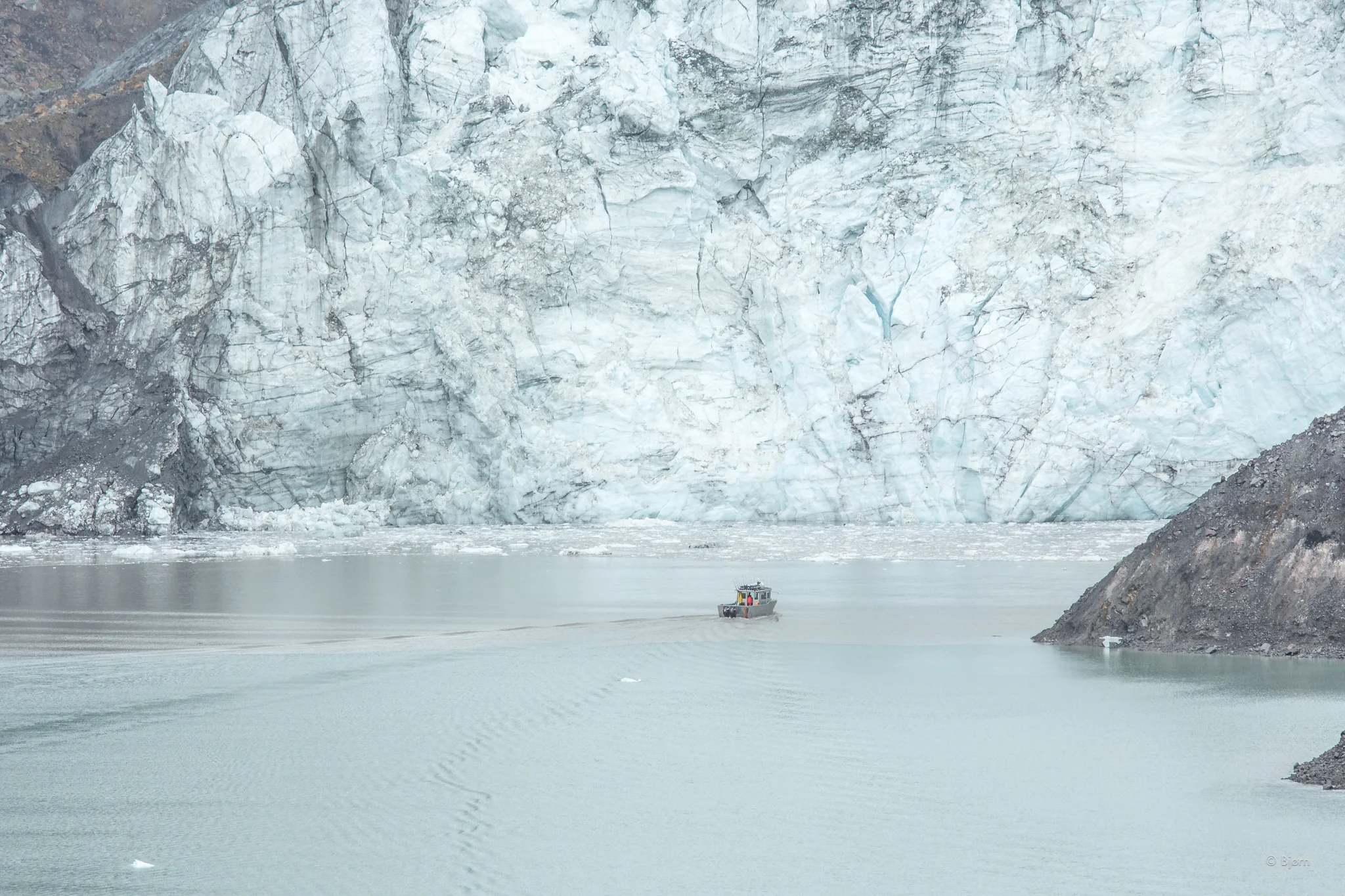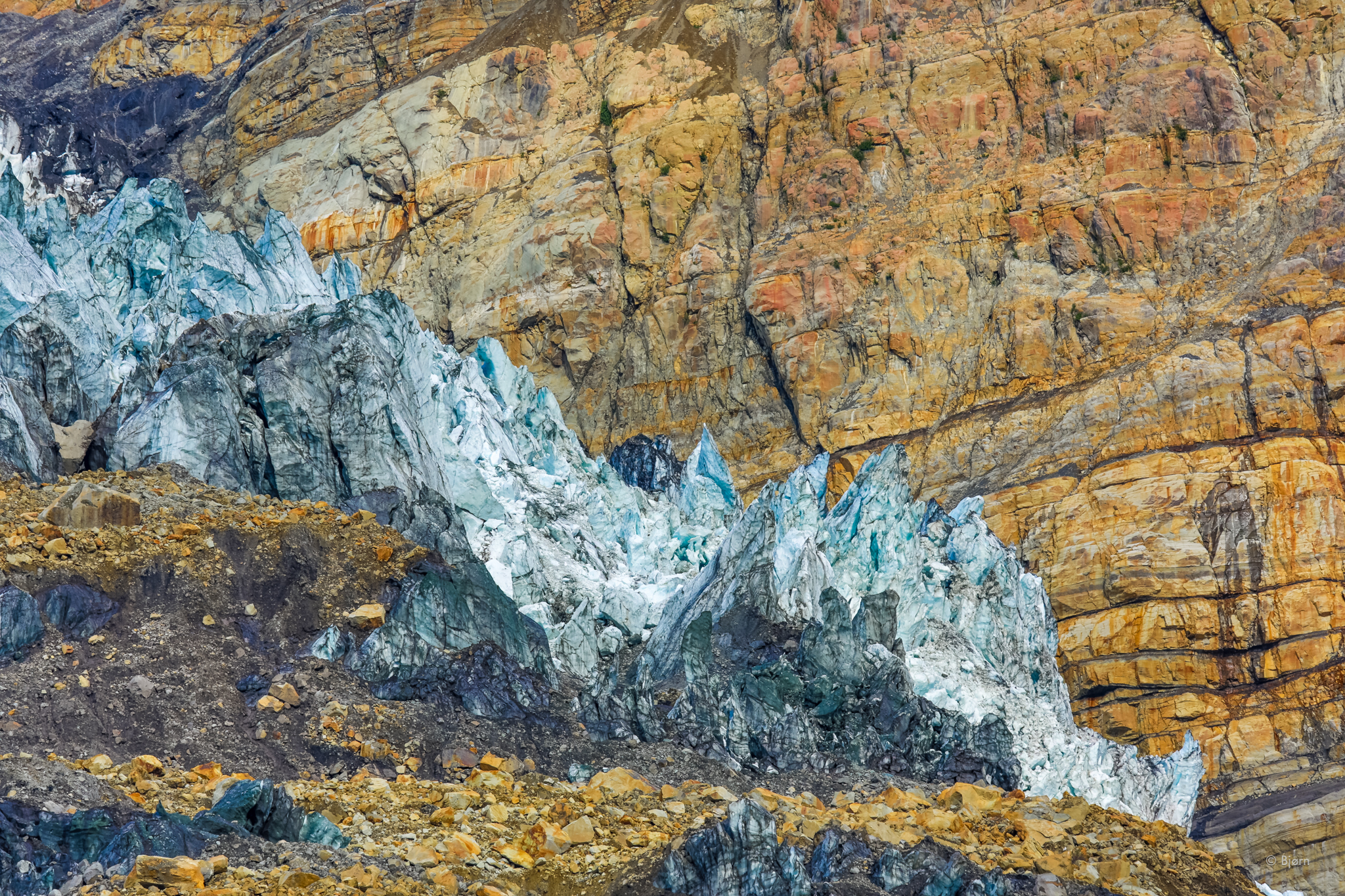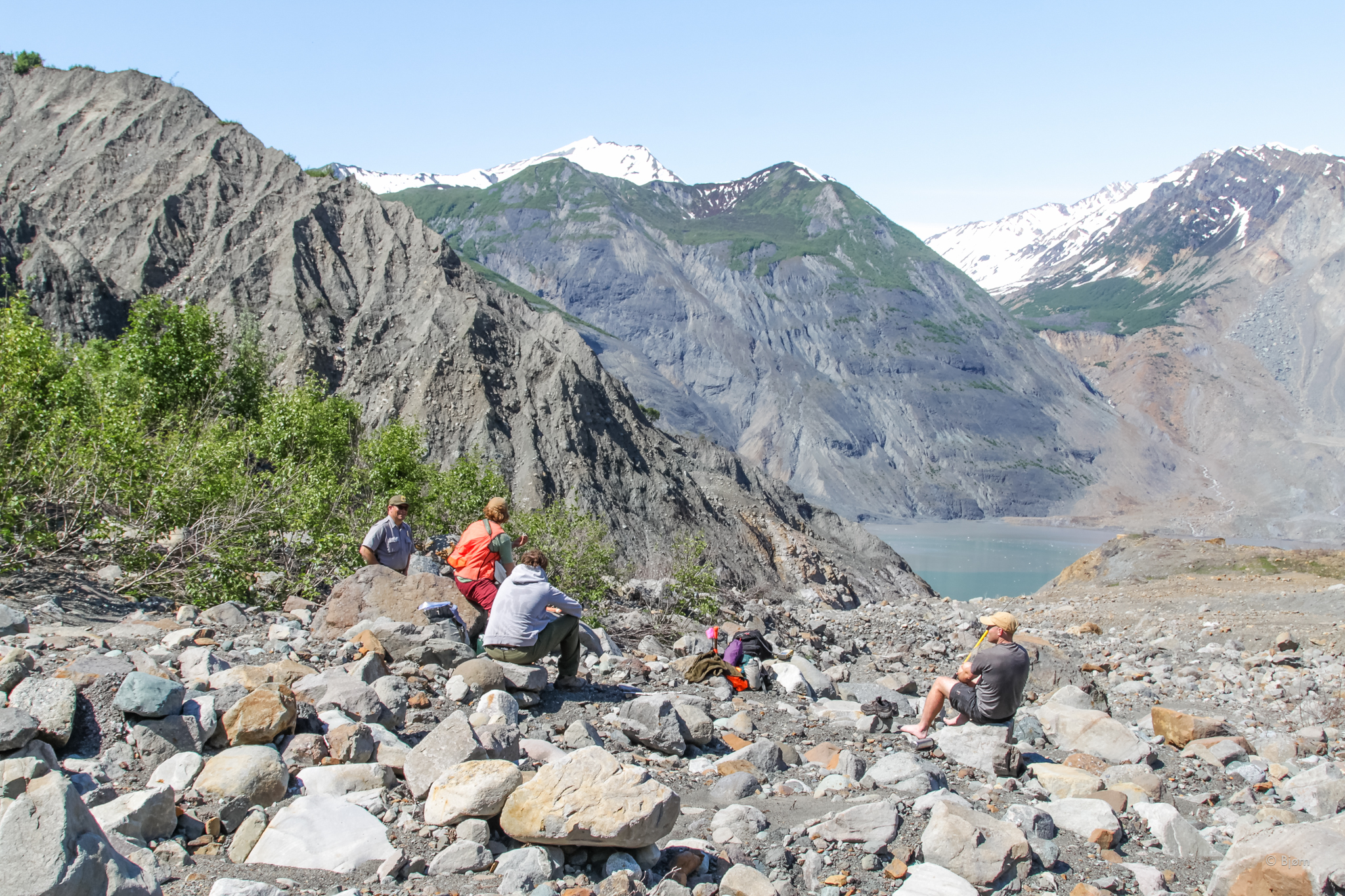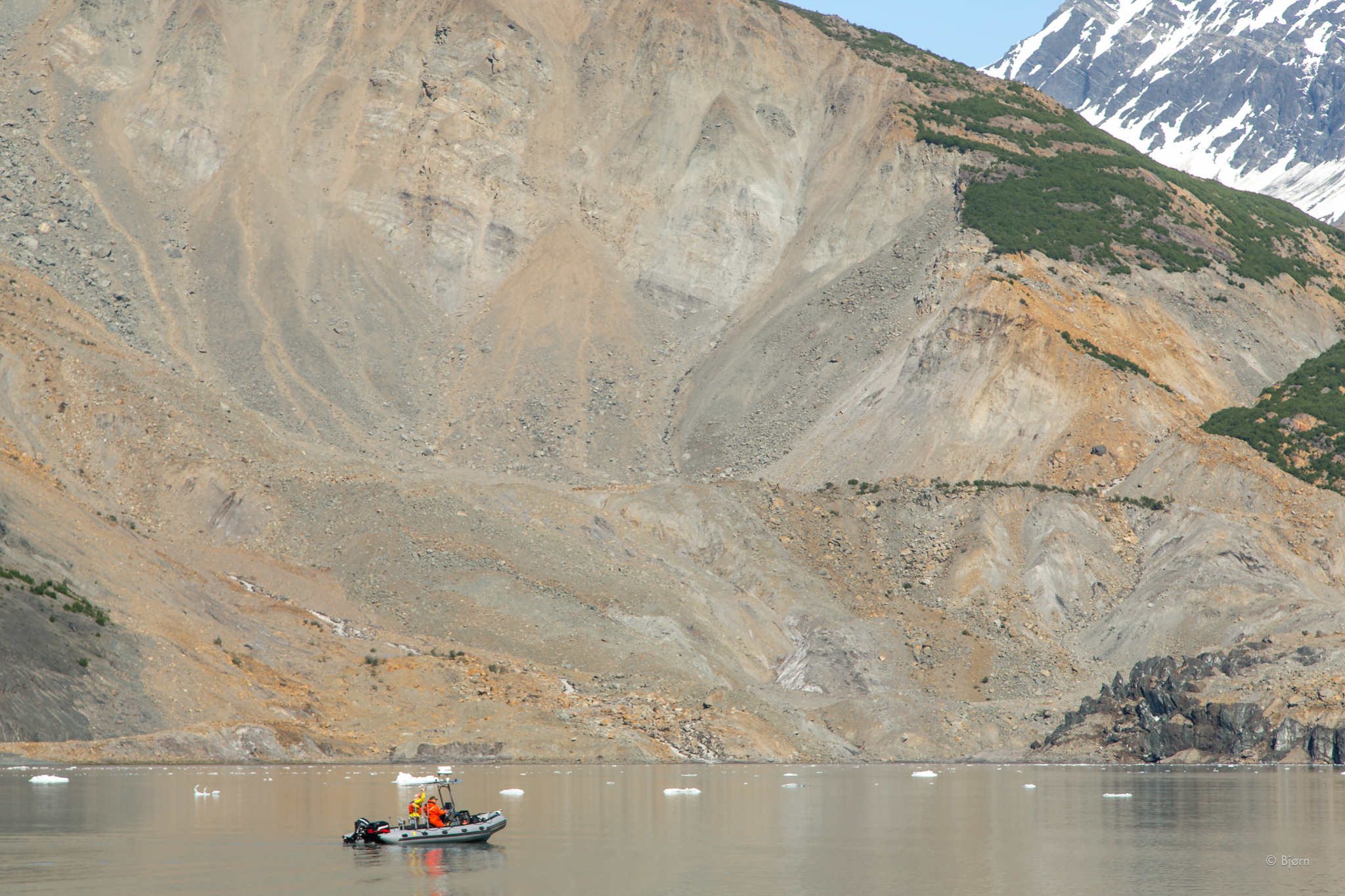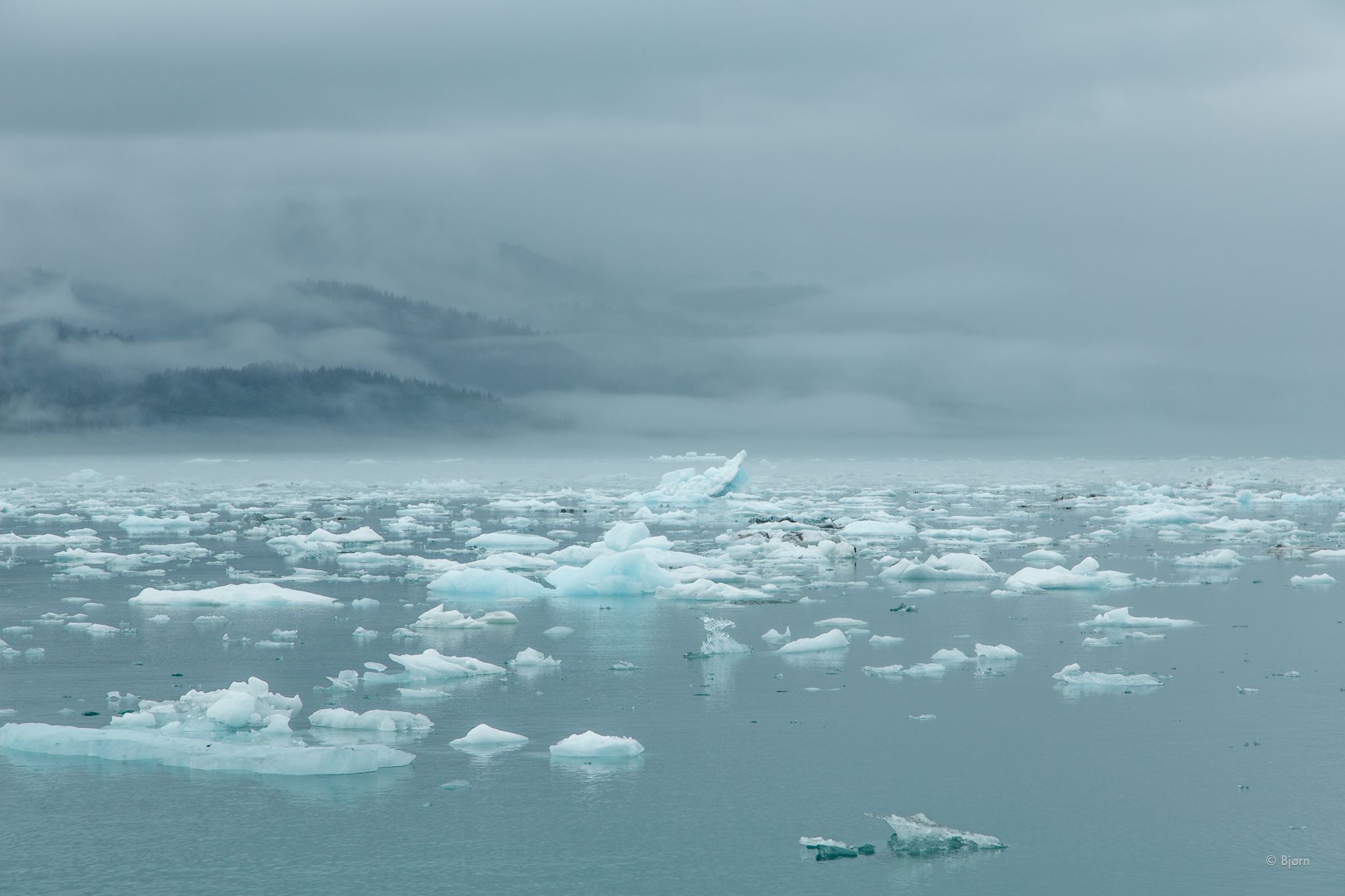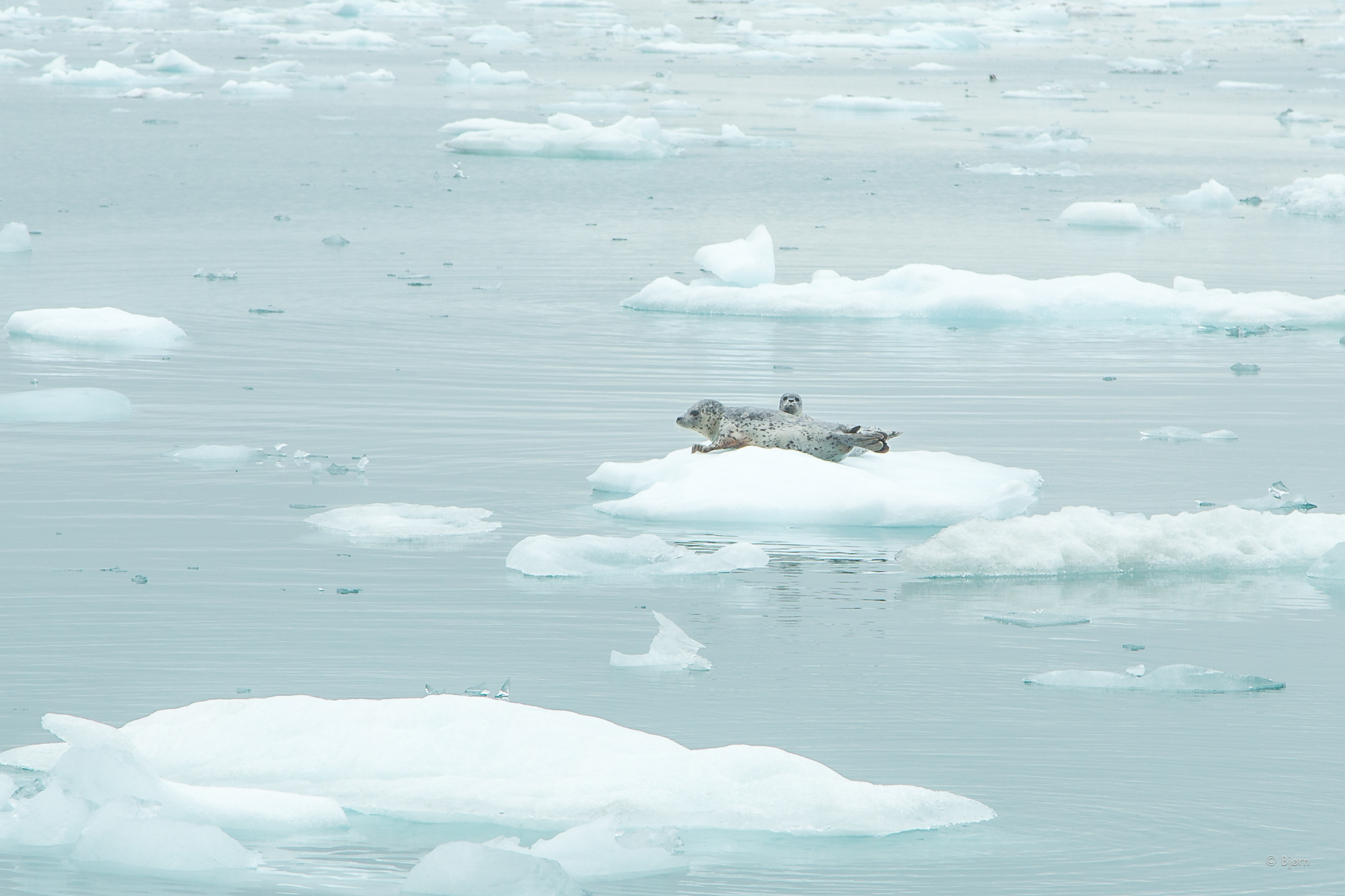This article originally ran in Alaska Magazine.
On October 17, 2015 a mountain at the head of Taan Fjord, an arm of Icy Bay, Alaska broke in half and crumpled under its own weight. Some 200 million metric tons of material came crashing down in what must have been a deafening roar. Some of the rock slid onto the snout of a tidewater glacier but most slid into the head of Taan Fjord – displacing a massive volume of water. This landslide-generated tsunami had a maximum height of over 600 feet. The wave traveled down the fjord, dislocating sediment and scouring forest for over ten miles.
JUNE 2016: From the foredeck of the MV Seawolf, an aluminum six-pack charter boat, I turn to see Scott Chadwick, the burly Yakutat boat captain, look nervously from his depth sounder to the slowly approaching shore. Chocolate syrup water in the silty glacial fjord obscures hidden rocks. My eyes are peeled; ready to yell stop at the first sign. The bow grinds against the shoreline and gently makes contact. Perfect. The look of apprehension on the captain’s face is gone and I, along with four earth-scientists, disembark.
On land, the five of us create a gear-chain and hand scientific equipment and my camera gear up the steep and unstable edge of the shore. Directly across the bay is the massive, cleaved-in-half mountain. The boulders and gravel under my feet had traveled over a kilometer from somewhere within that mountain and were deposited here in a feat of unimaginable violence. “Sometimes geology isn’t slow,” Bretwood Higman, one of the scientists observes.
My task is to document what the “crime investigators” learn about the Icy Bay landslide-generated mega-tsunami - to tell their story of geologic and hydrologic discovery.
After shooting video from the shore we wave goodbye to Scott, who will spend the day fishing, while we walk up the valley to find the high watermark of the tsunami.
The National Science Foundation has funded this series of investigative expeditions. Scientific inquiry is why we are here. “It’s like a perfect experiment,” Colin Stark, one of the geologists says. “Find the remotest place in north America where a massive landslide and tsunami occurred, without loss of life or destruction to infrastructure. Run a host of experiments and make observations. Learn from that, and apply it to building some sense of what will happen when a similar event occurs, which will inevitably happen in a much more populated area.”
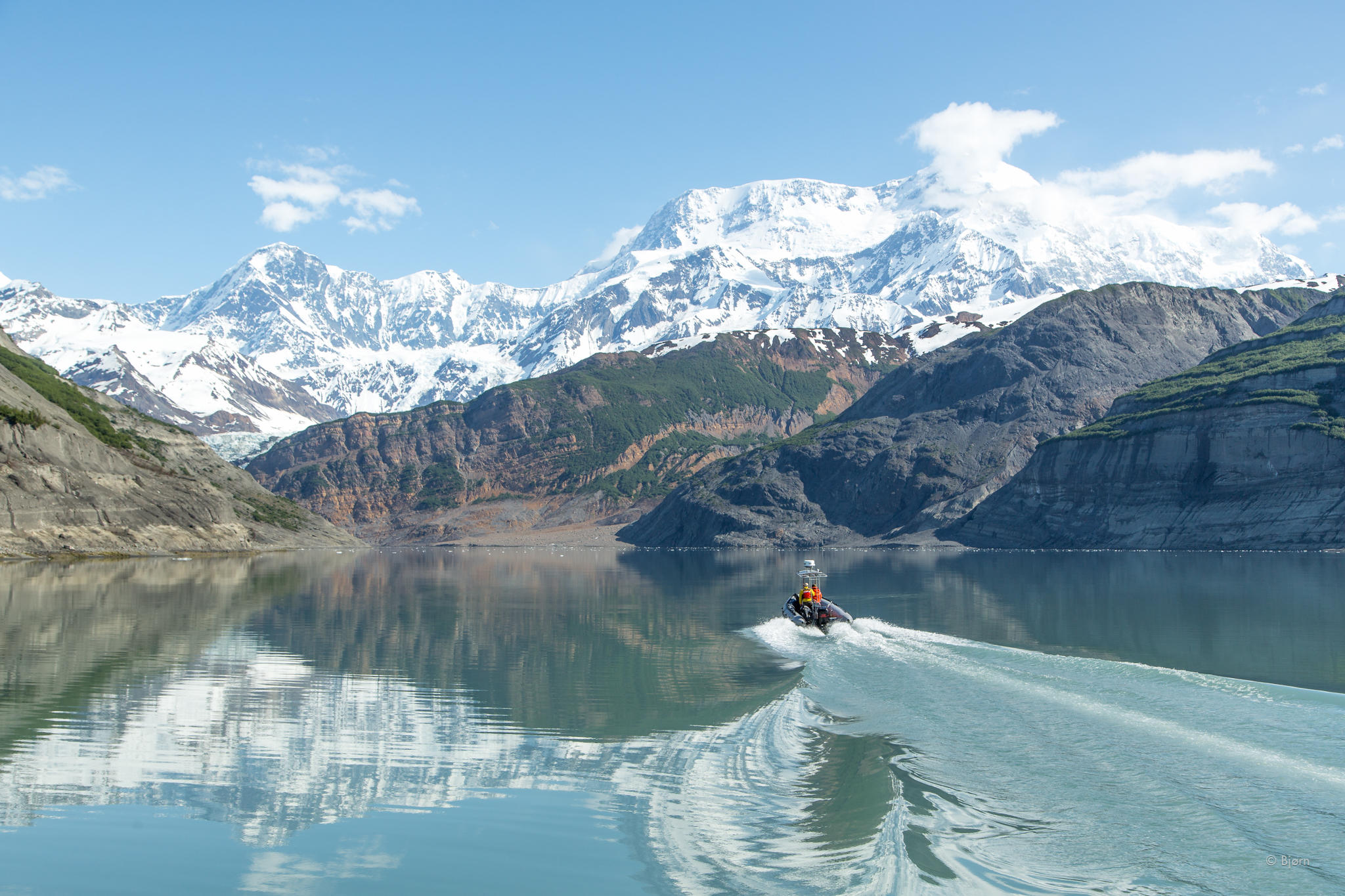
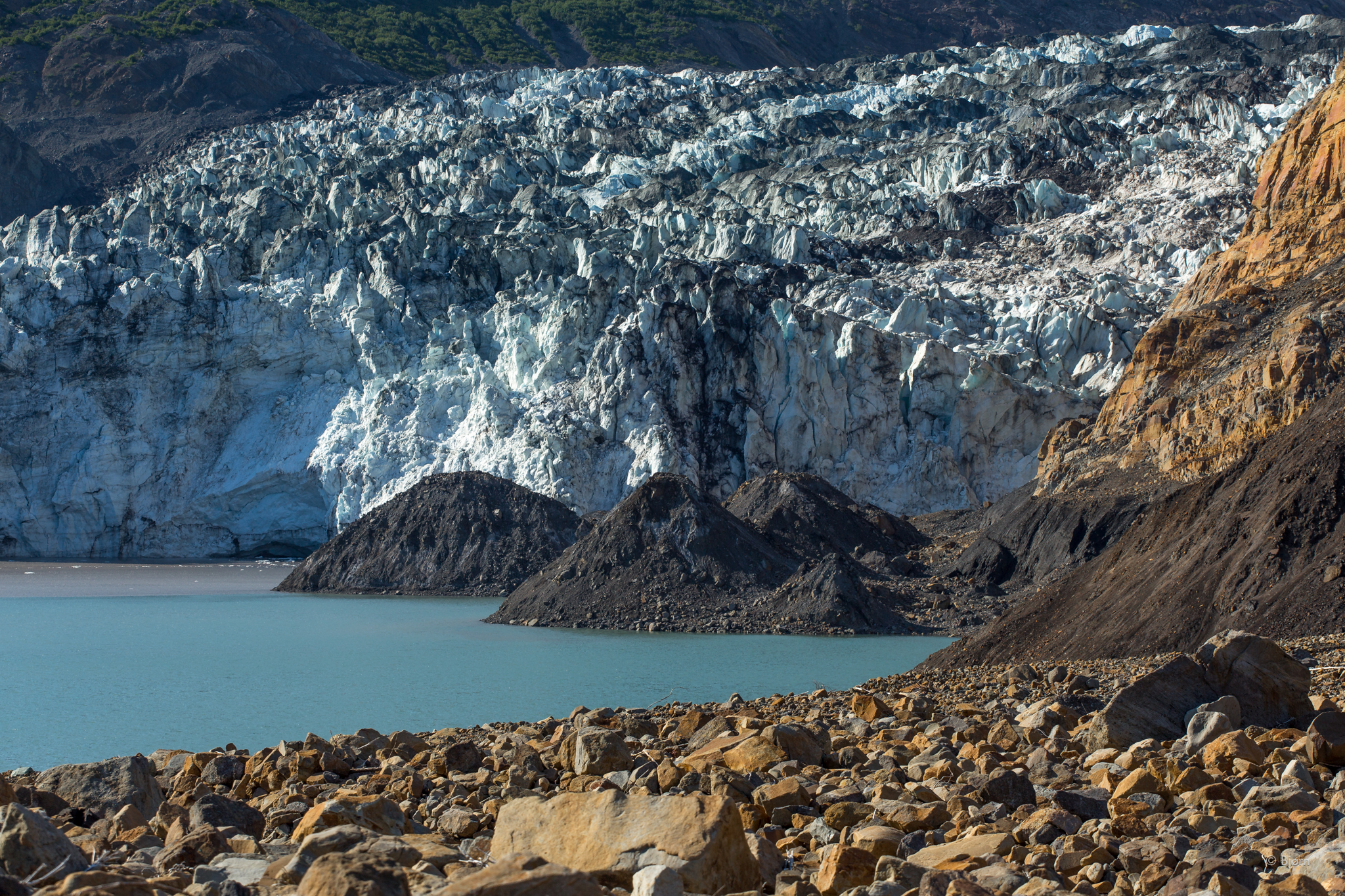
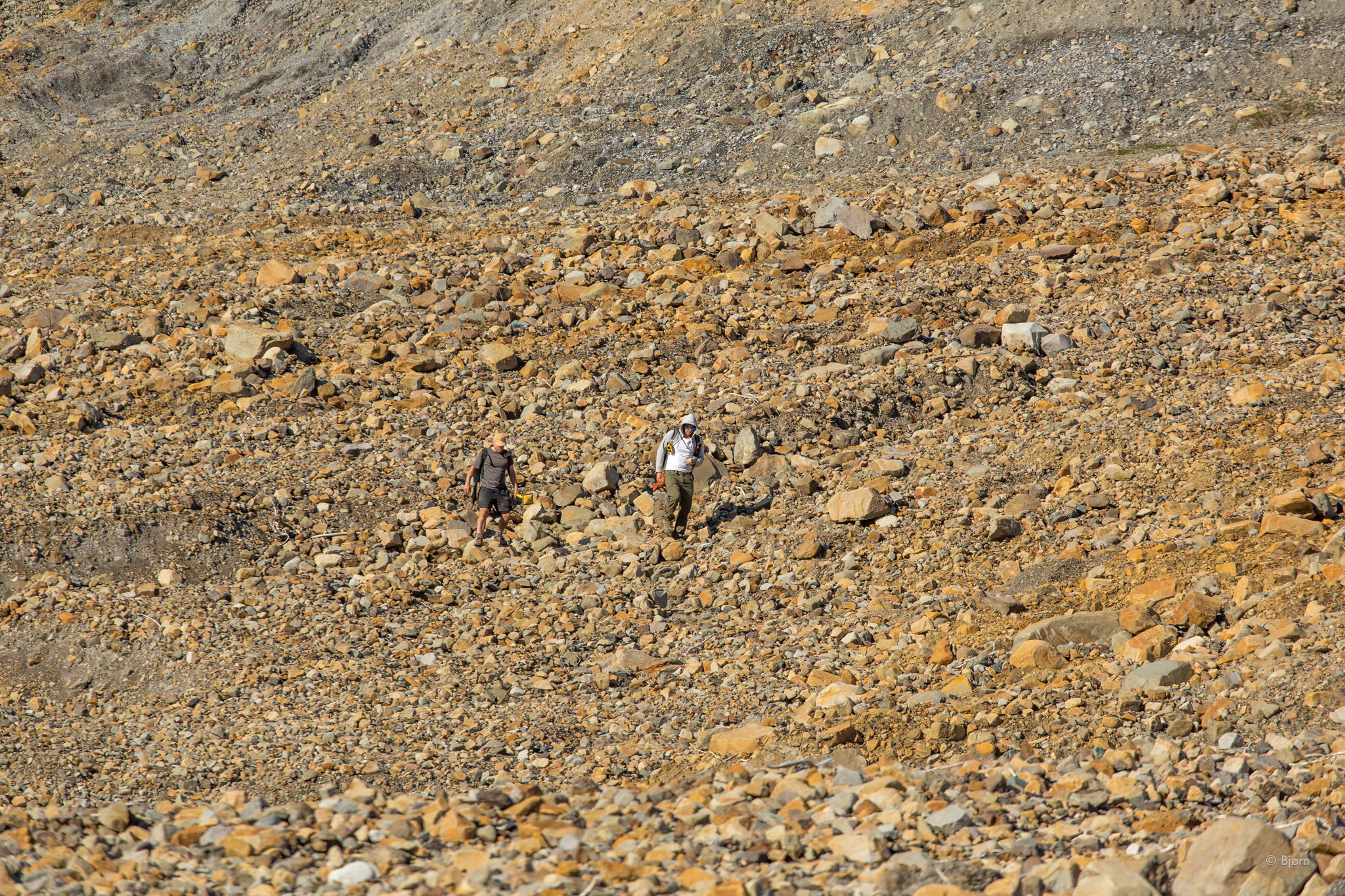
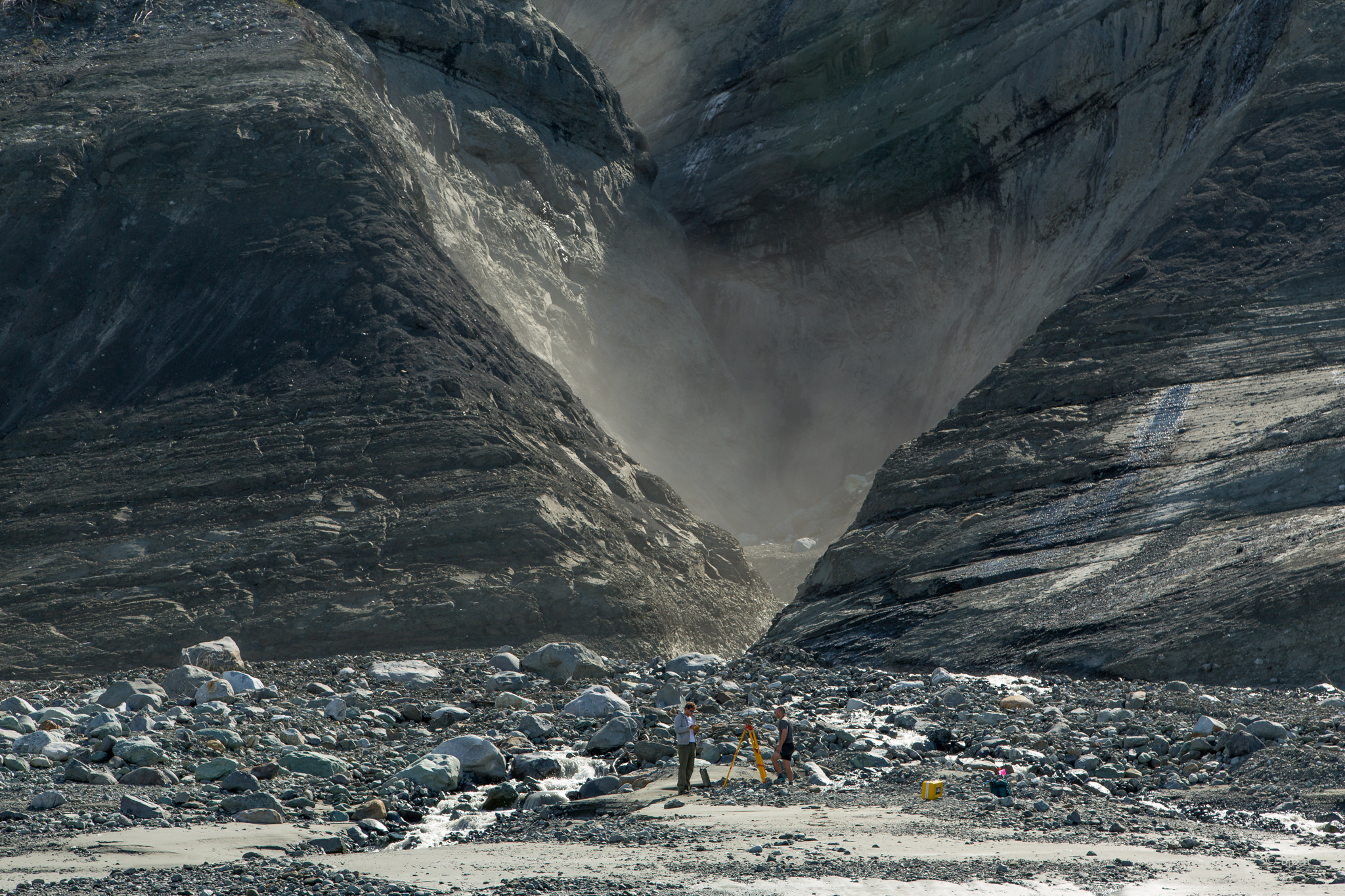
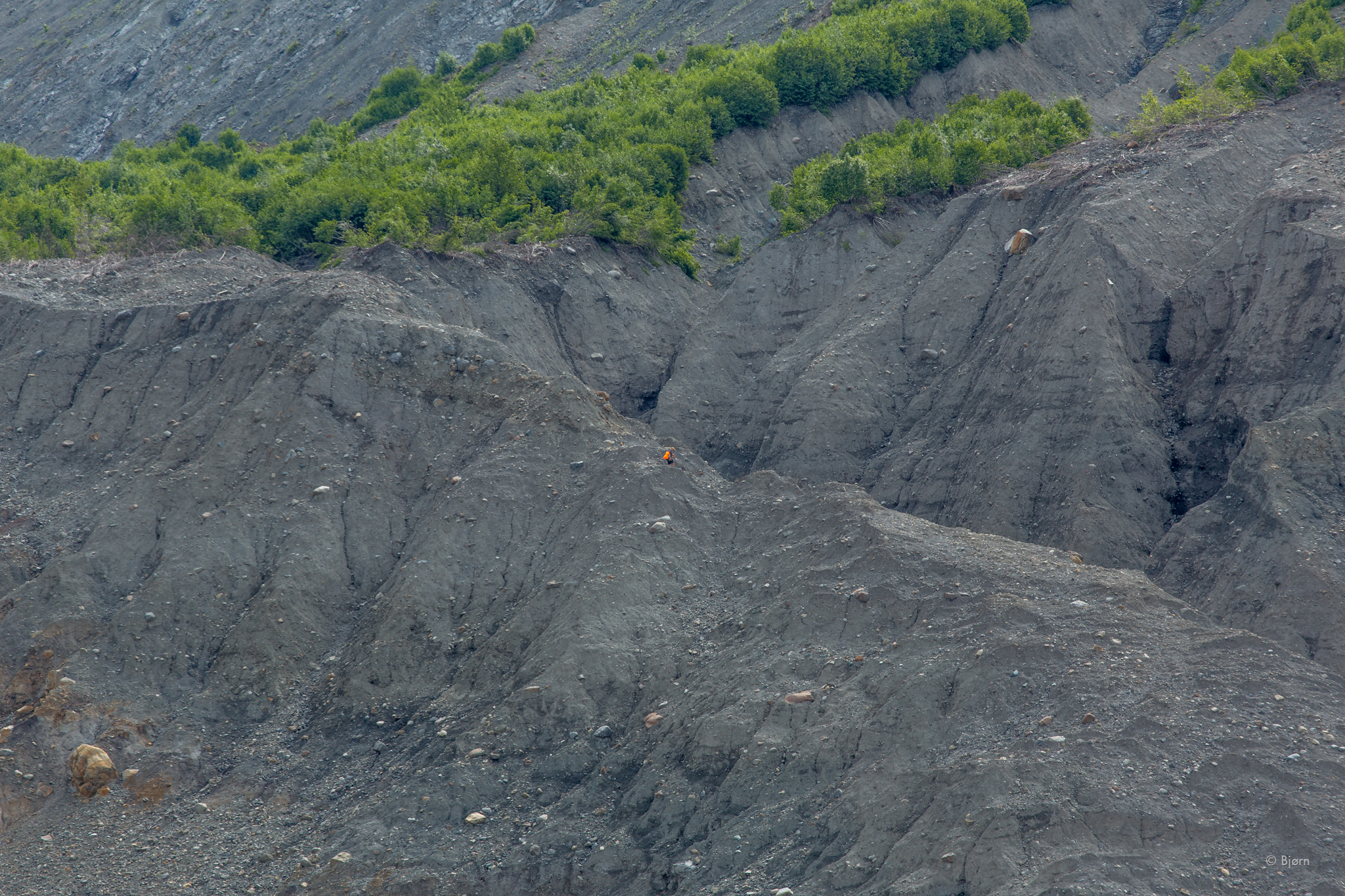

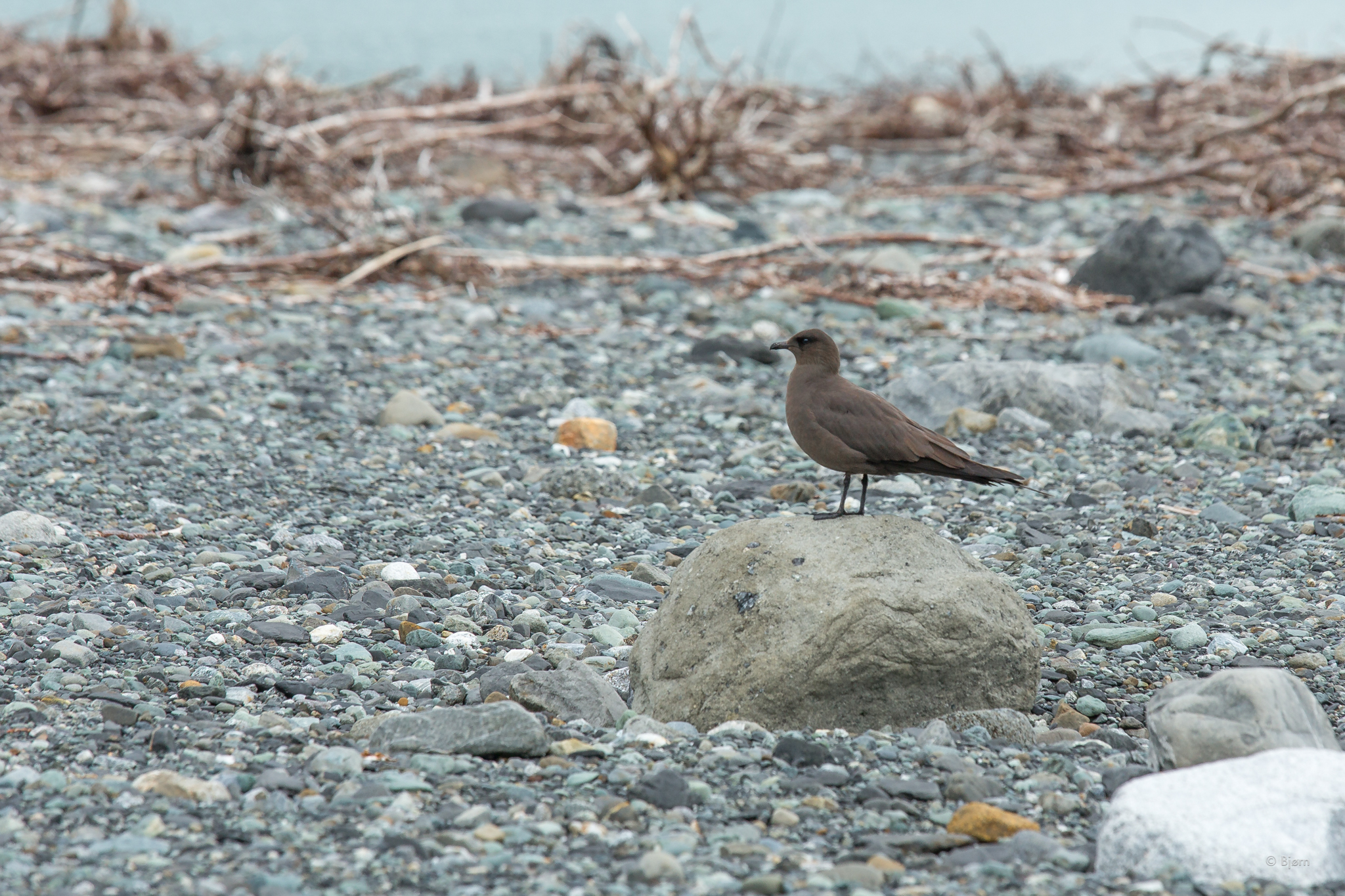
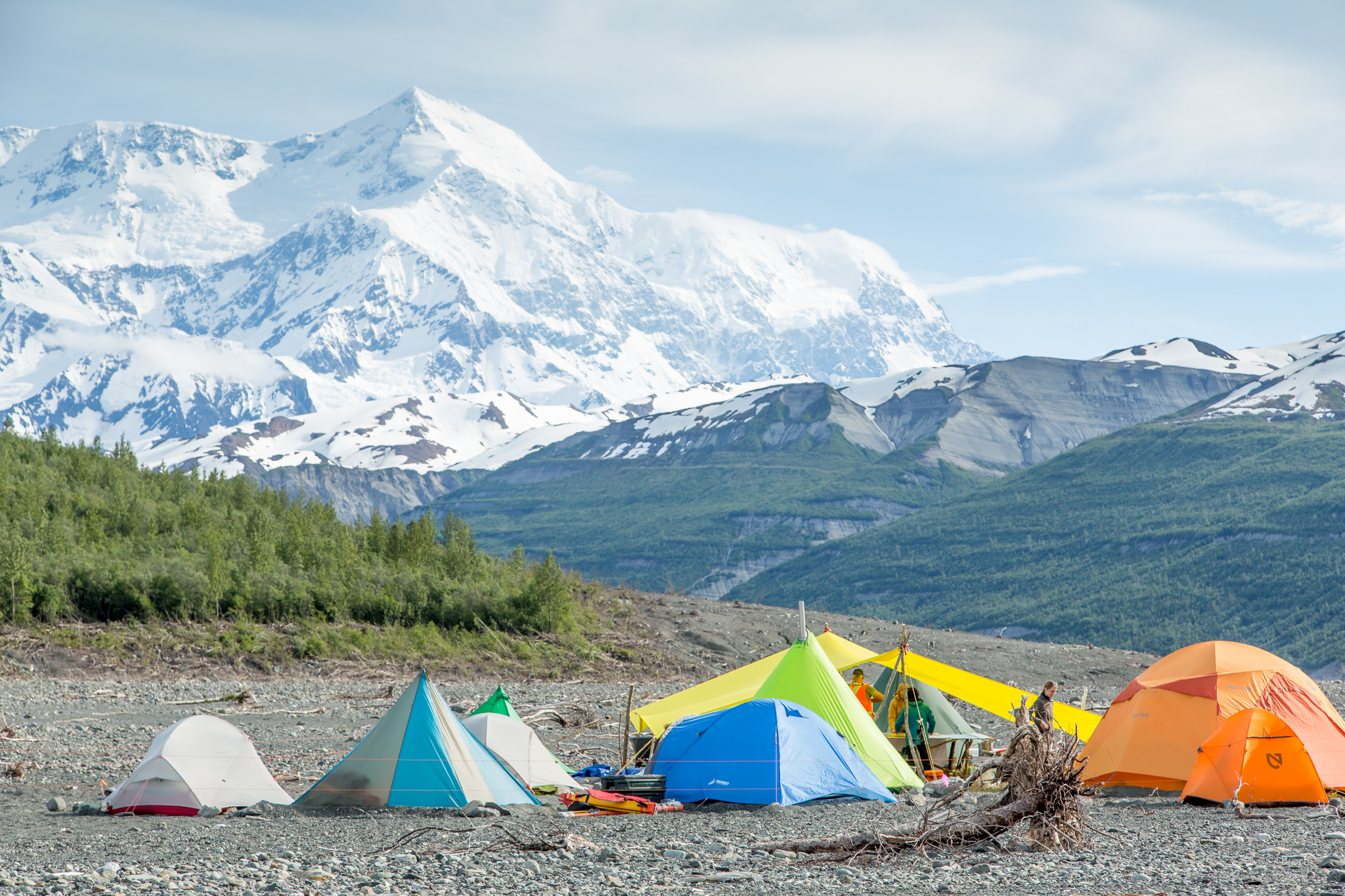
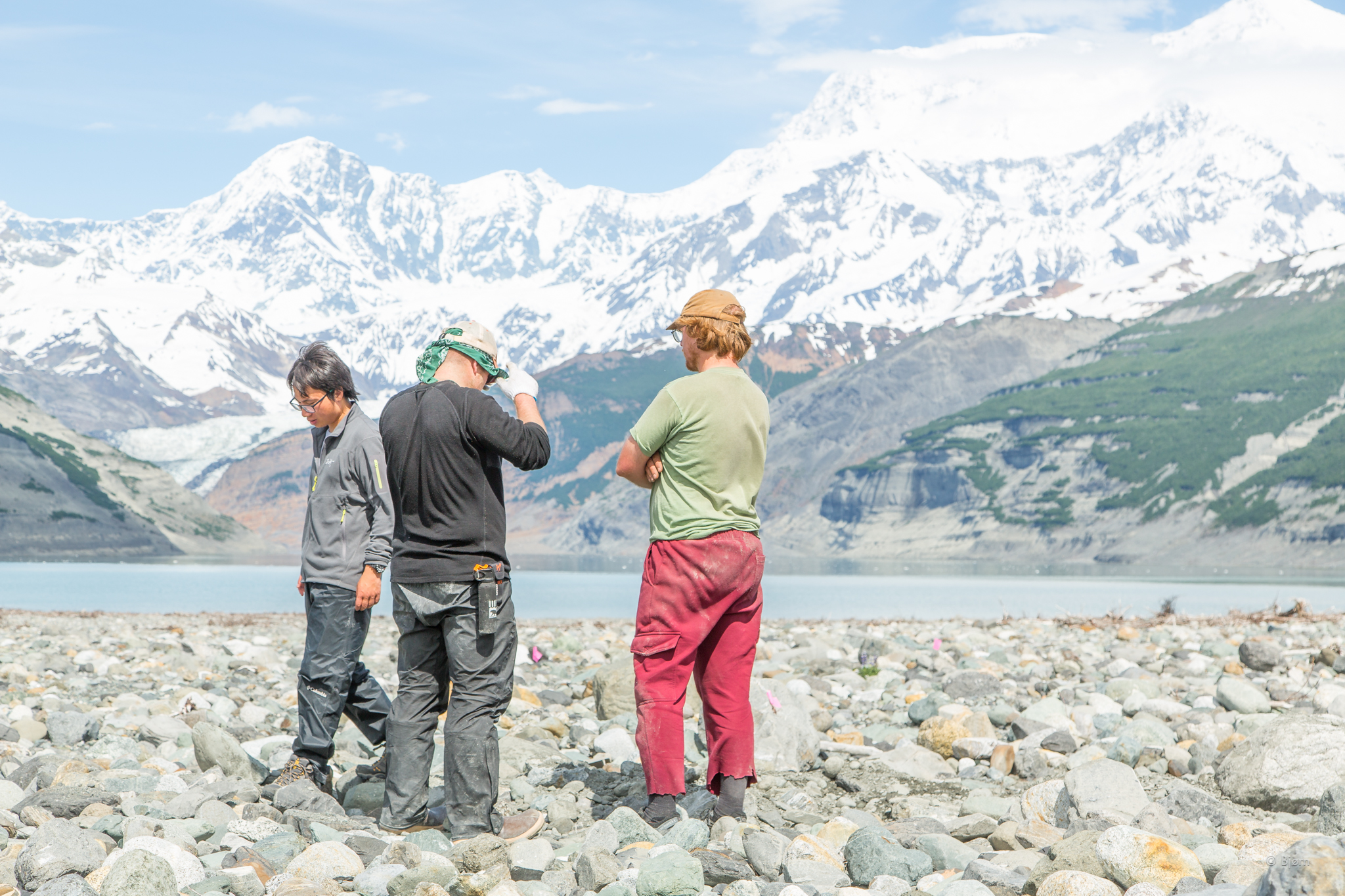
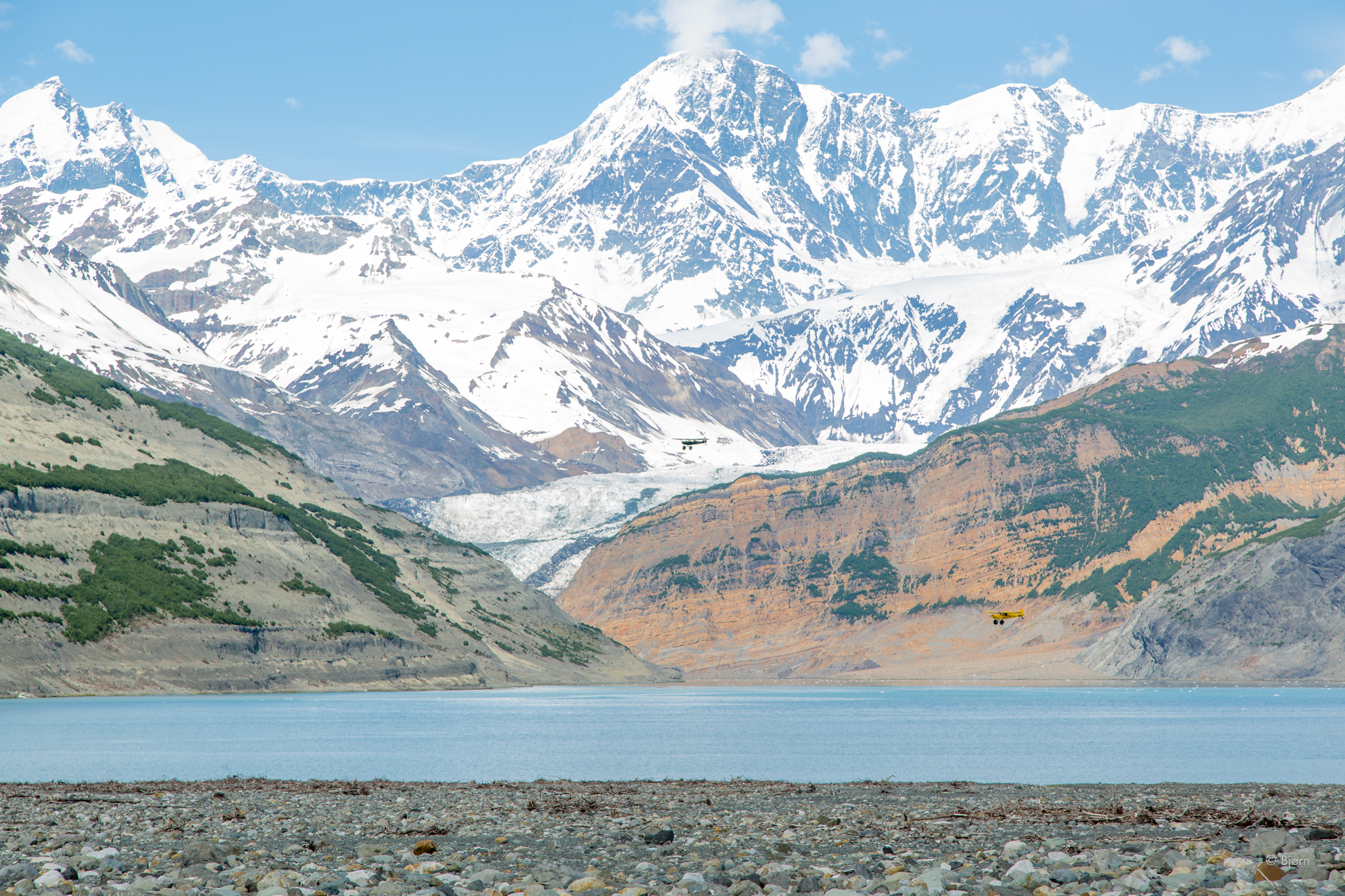
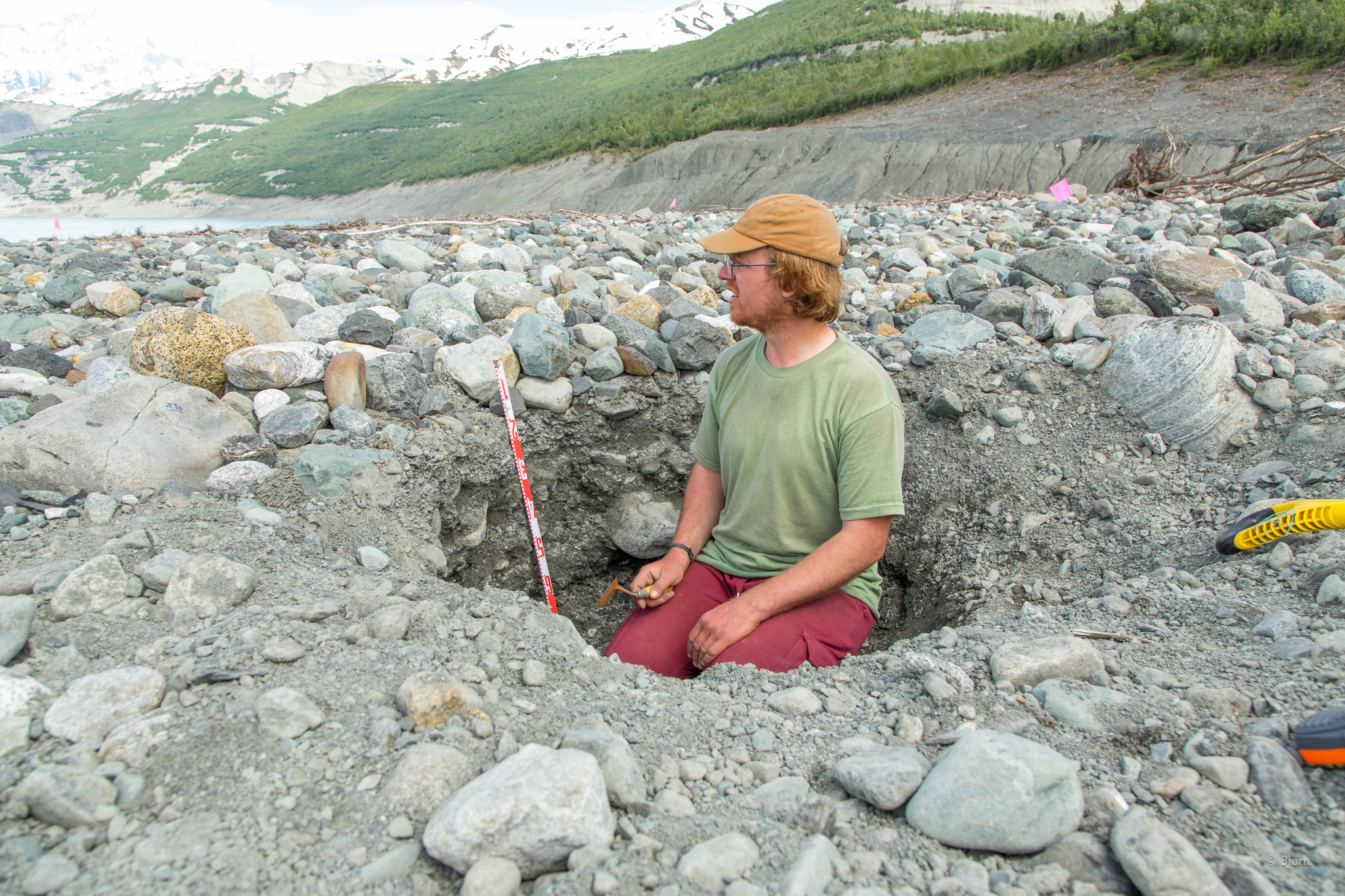
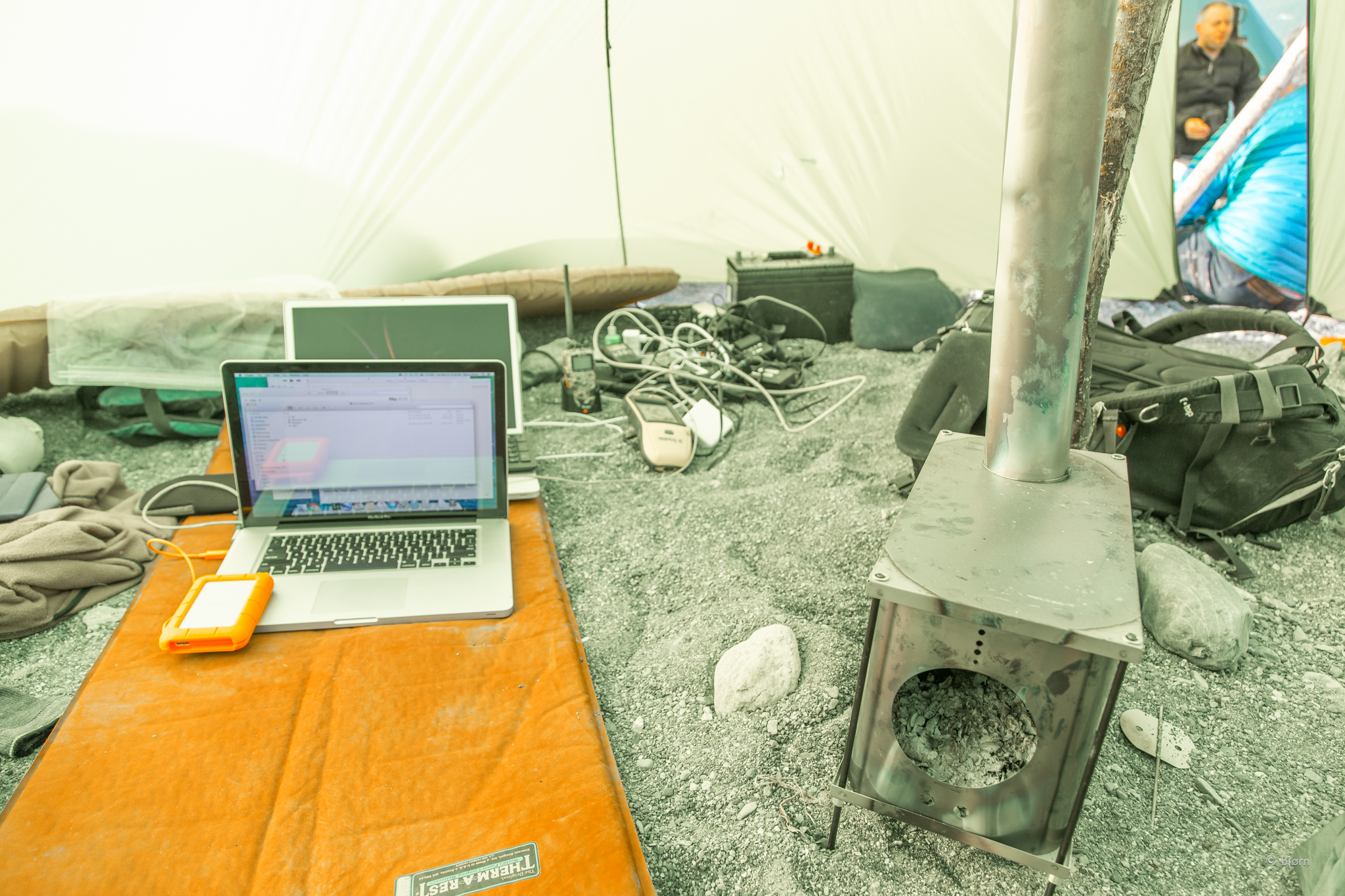
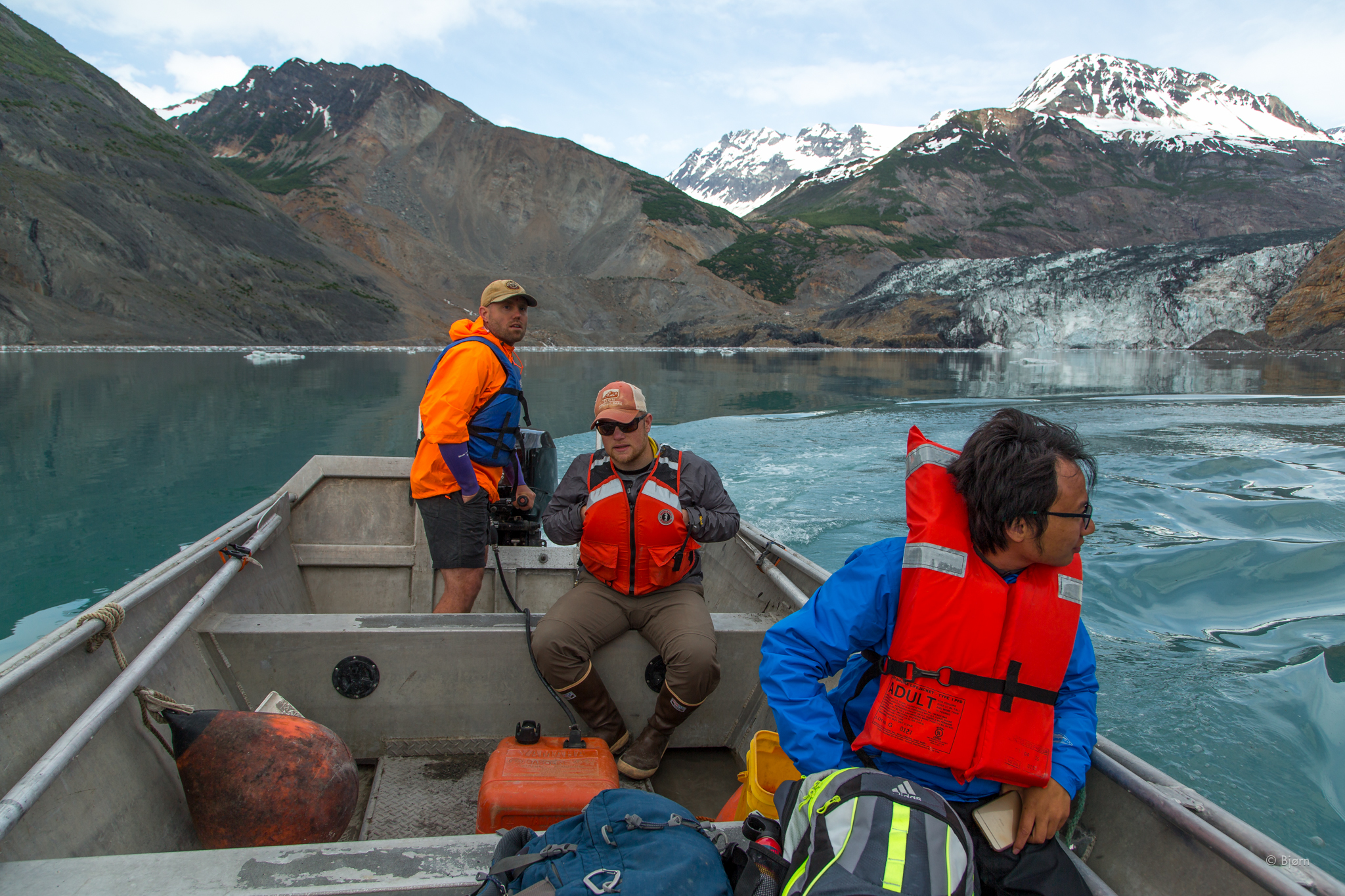
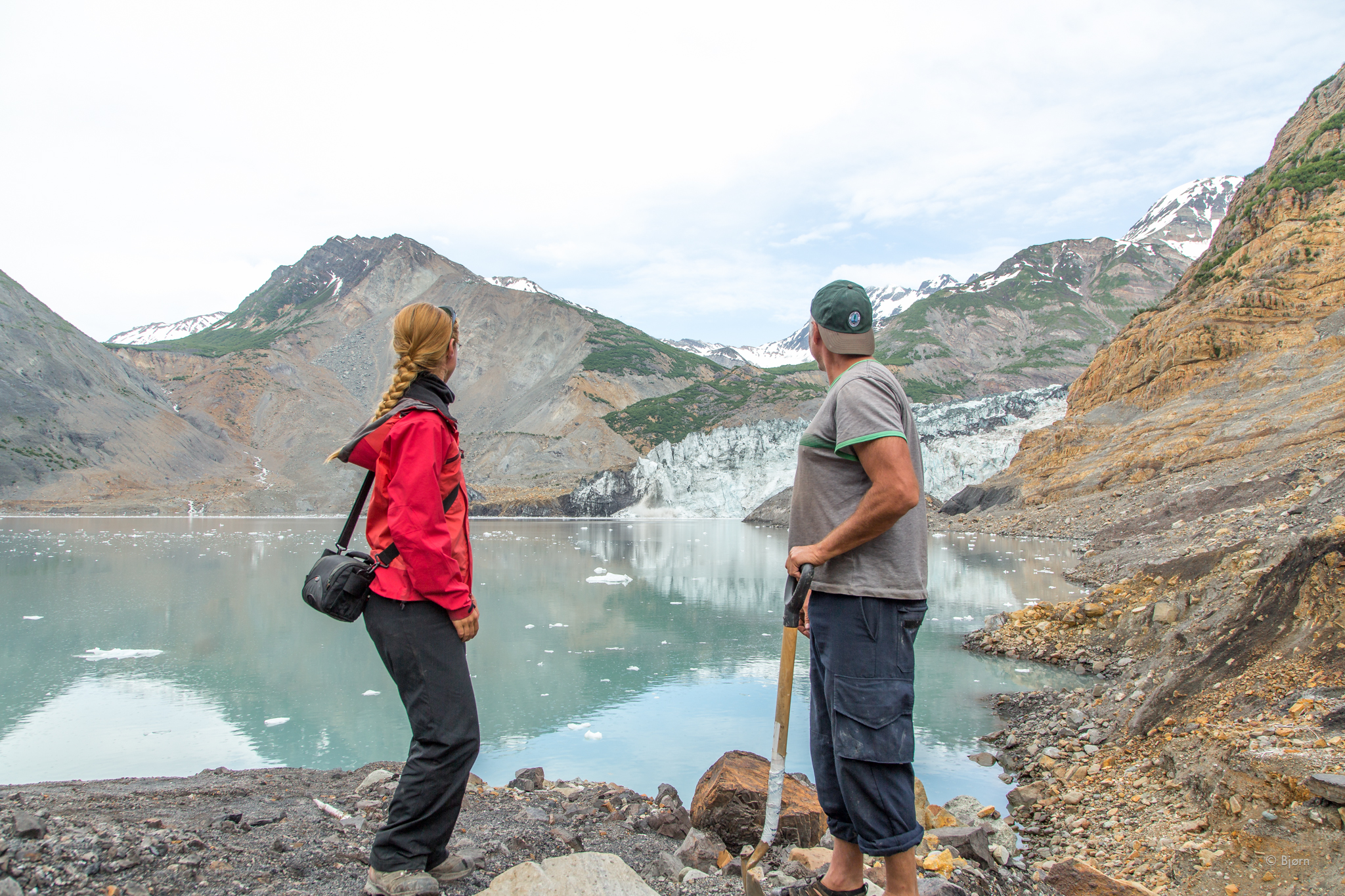
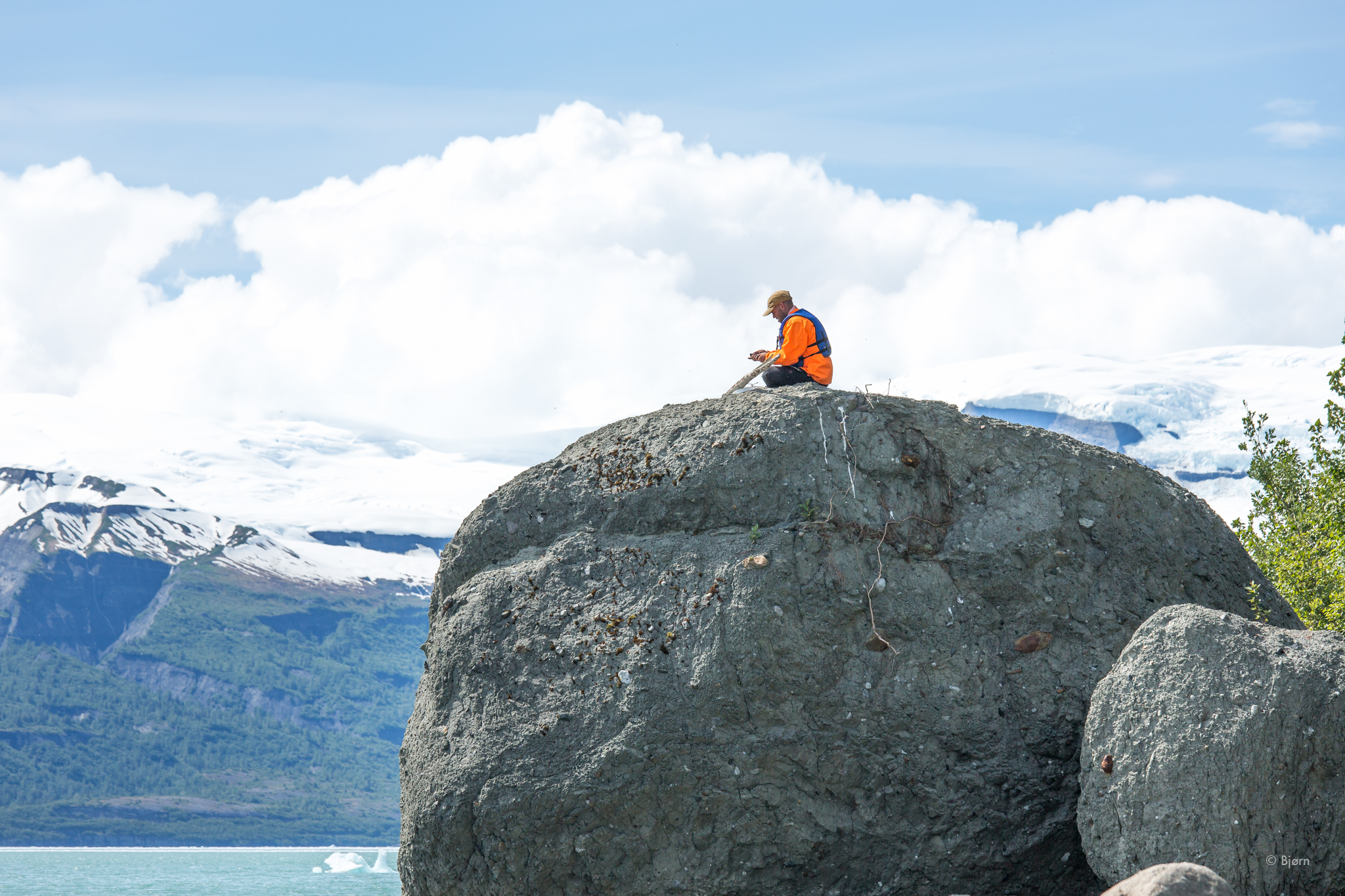
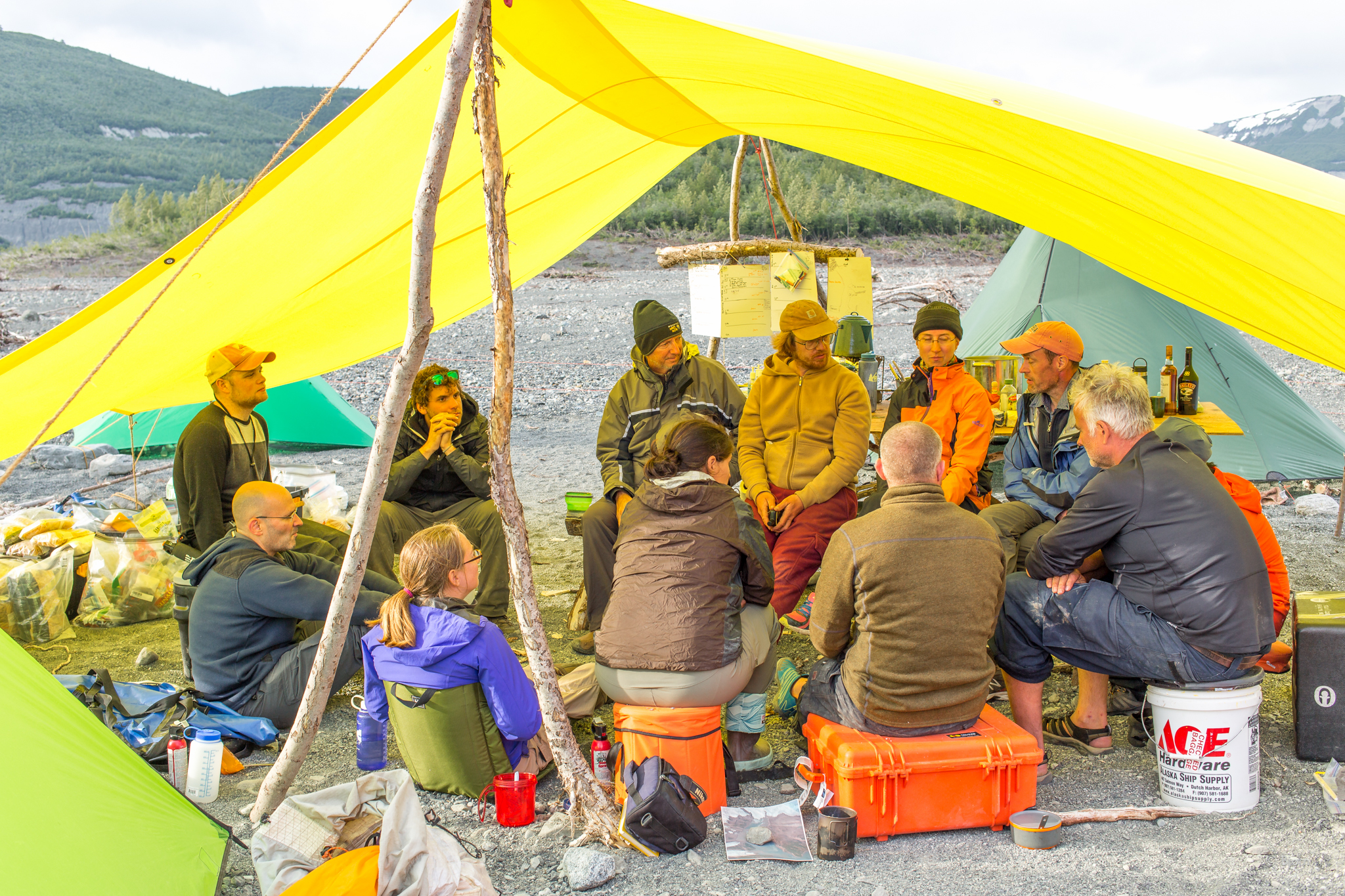

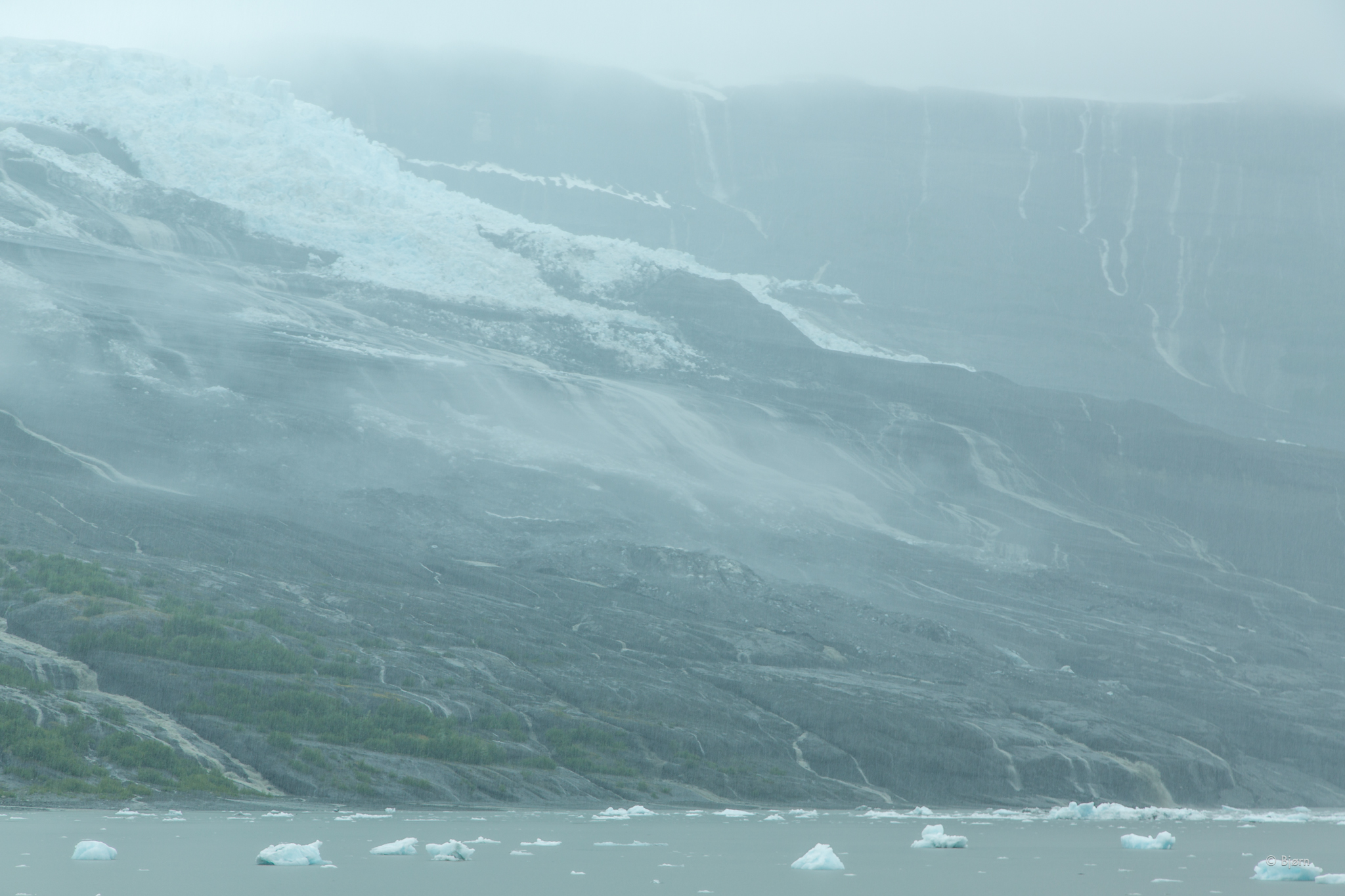
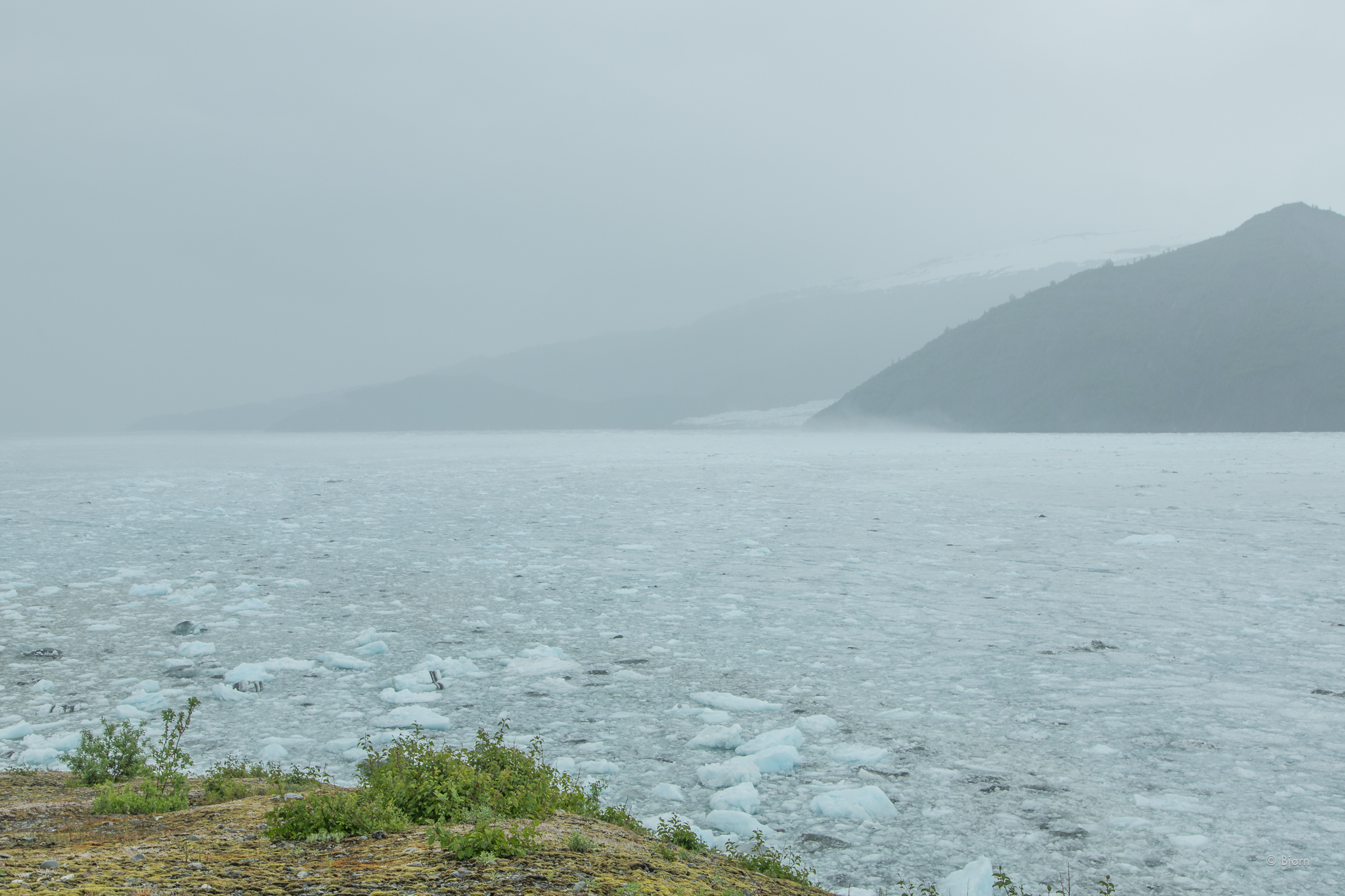
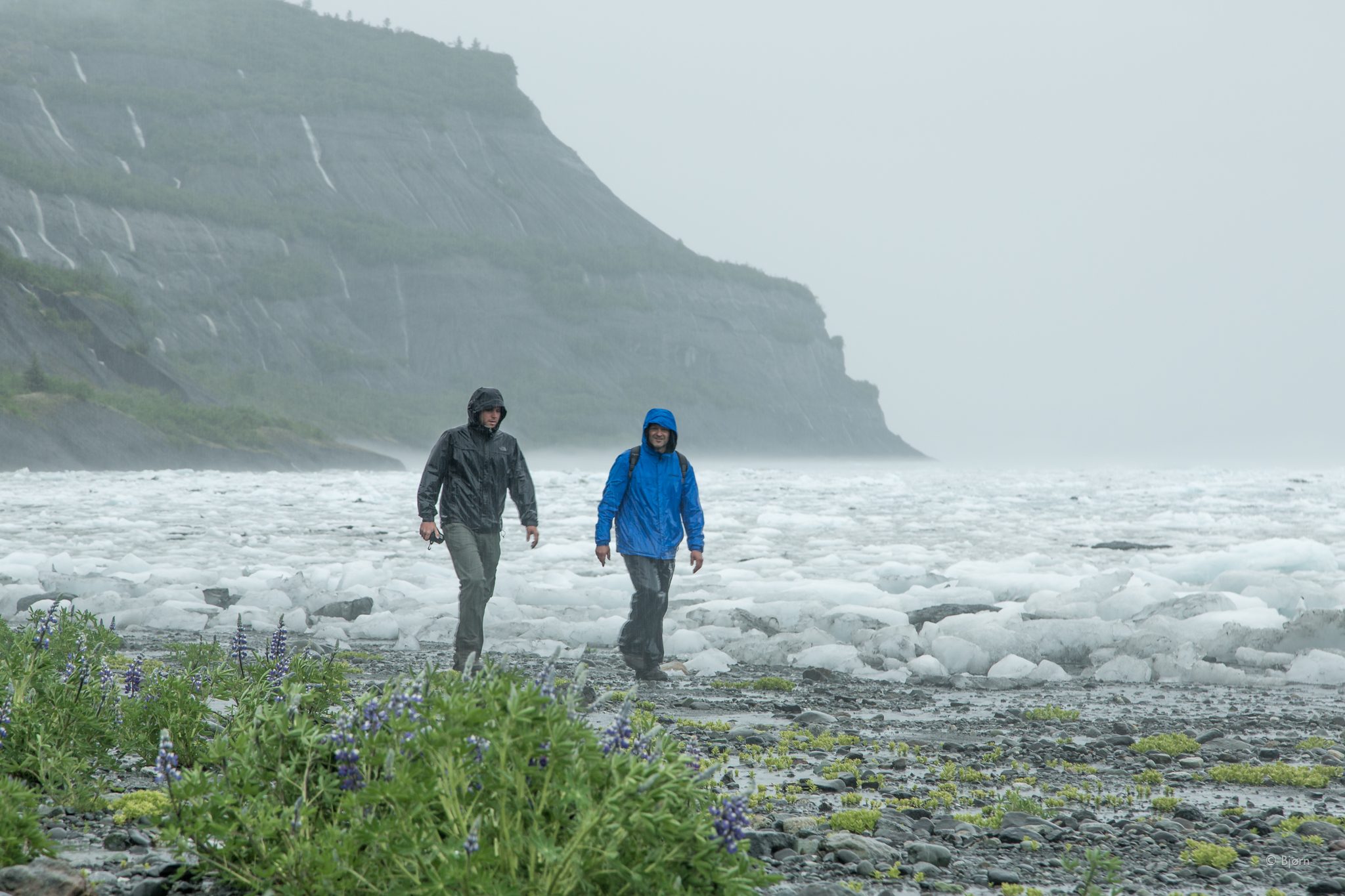
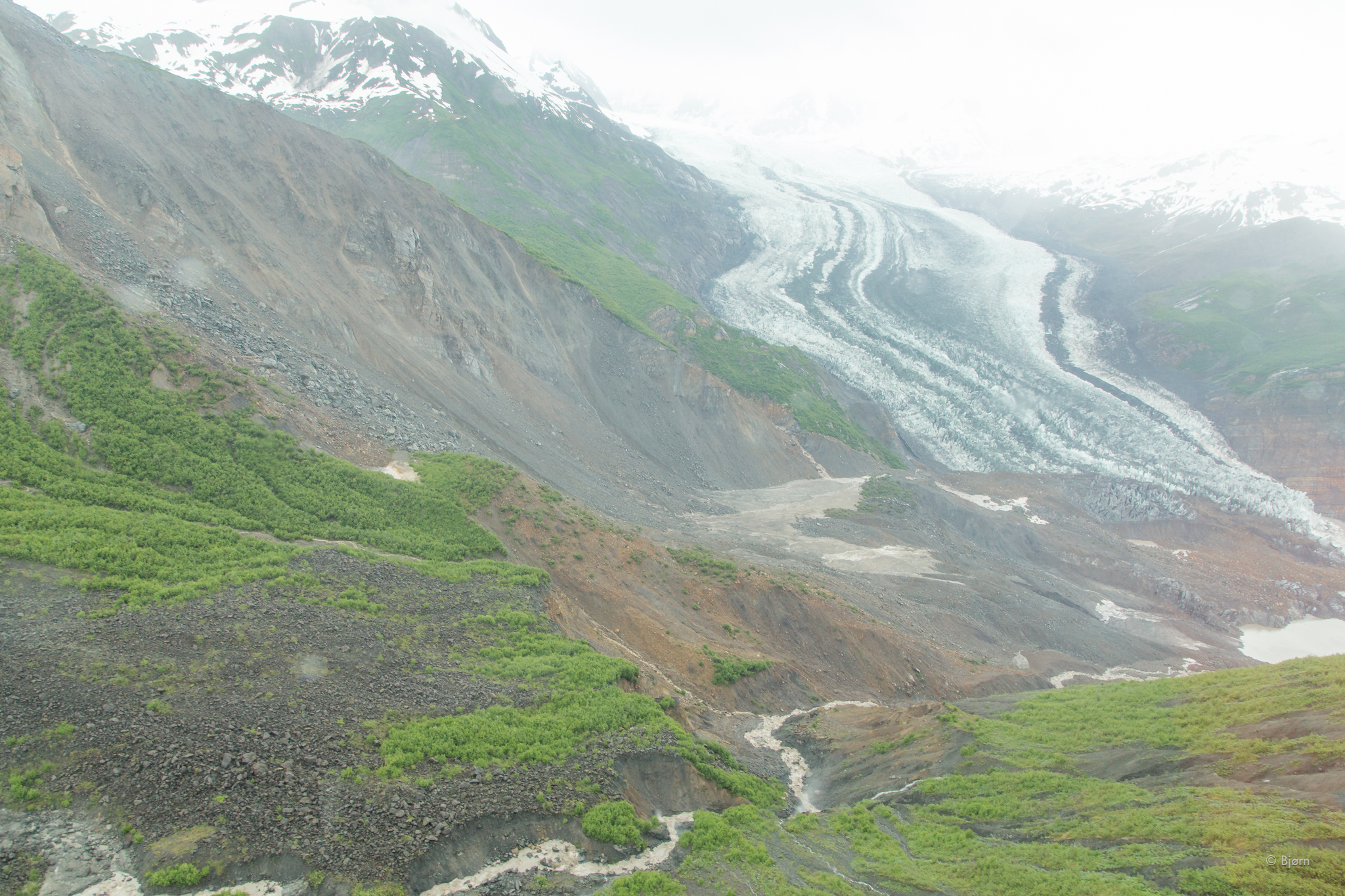
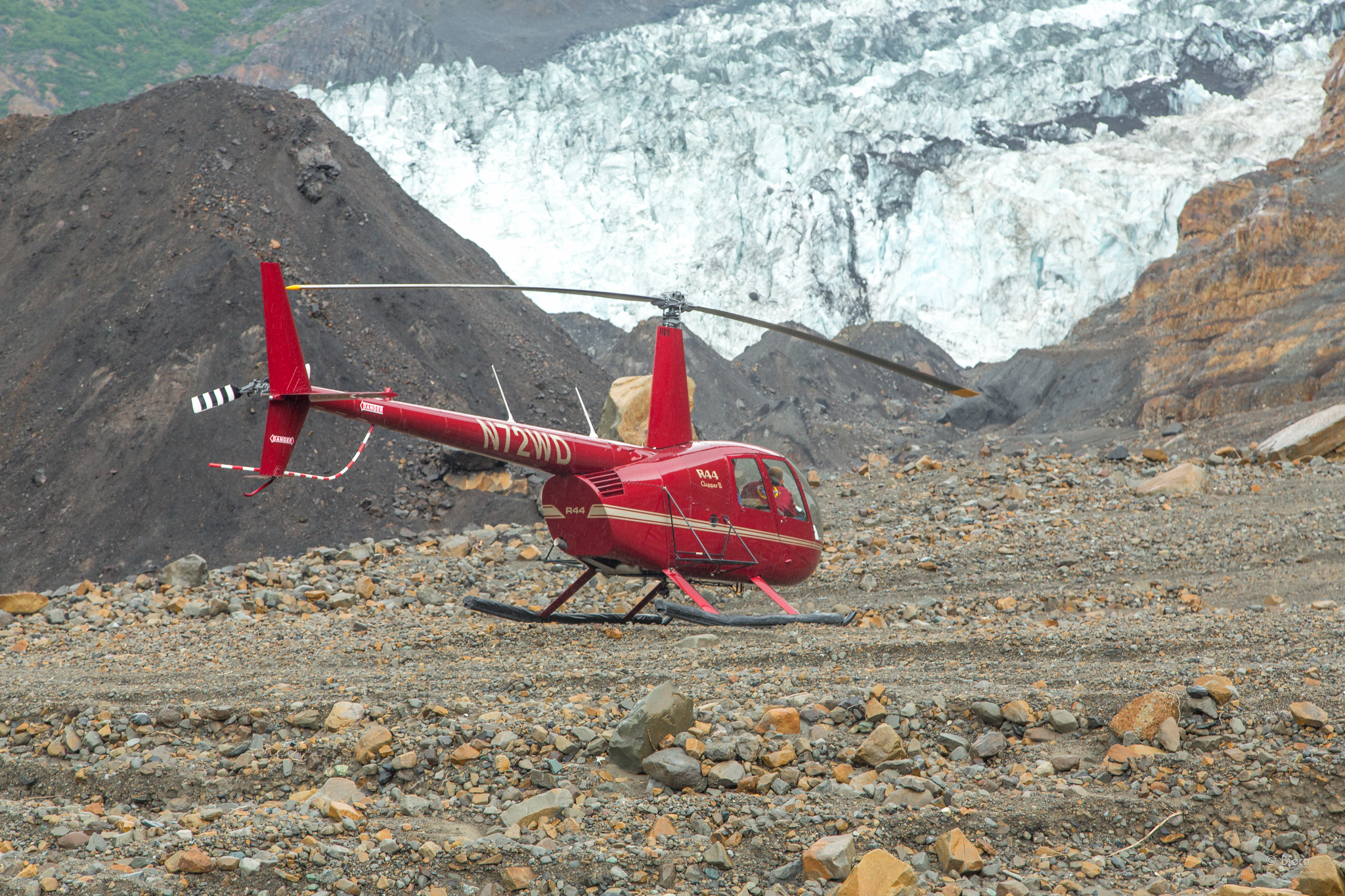
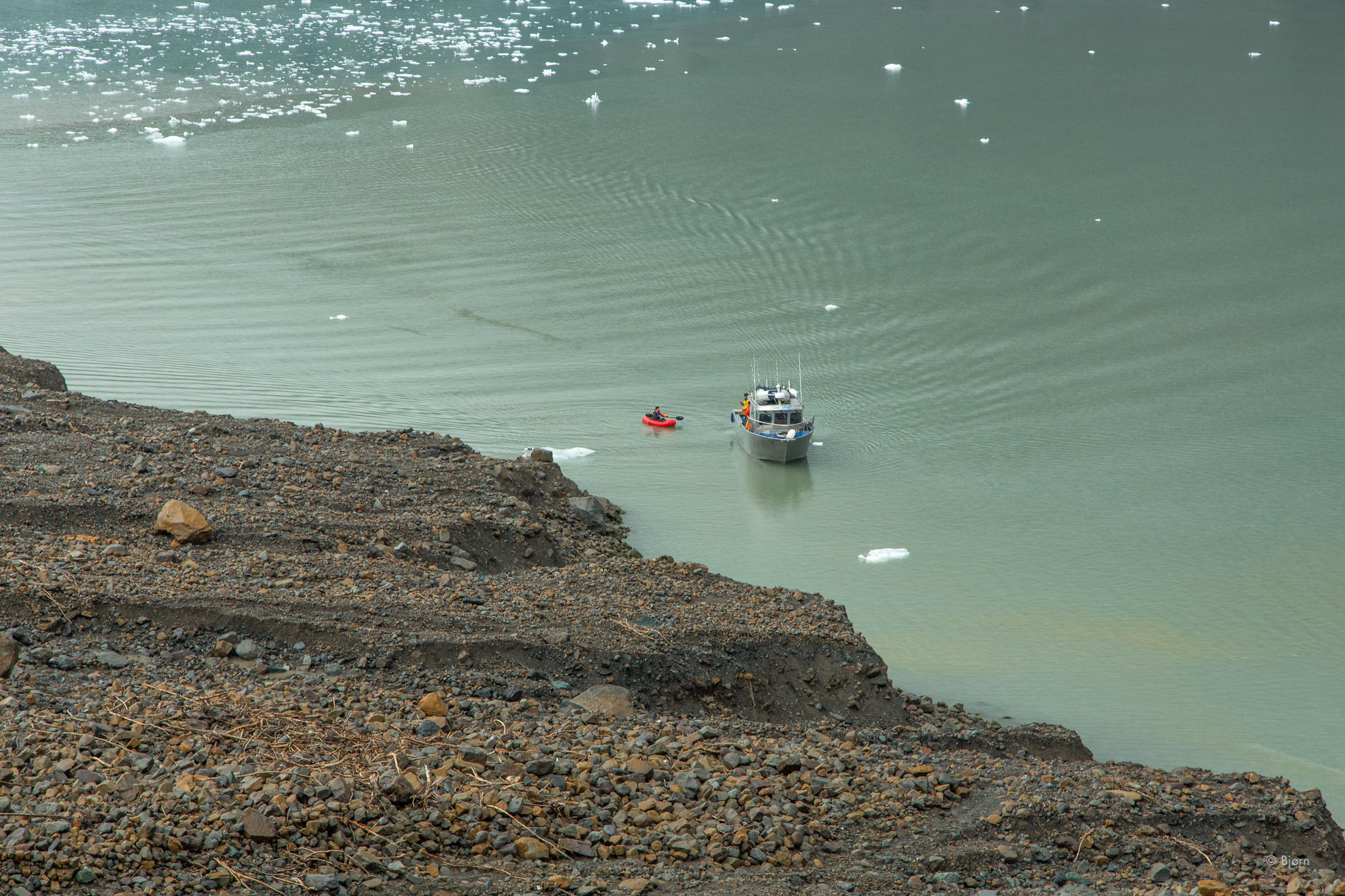

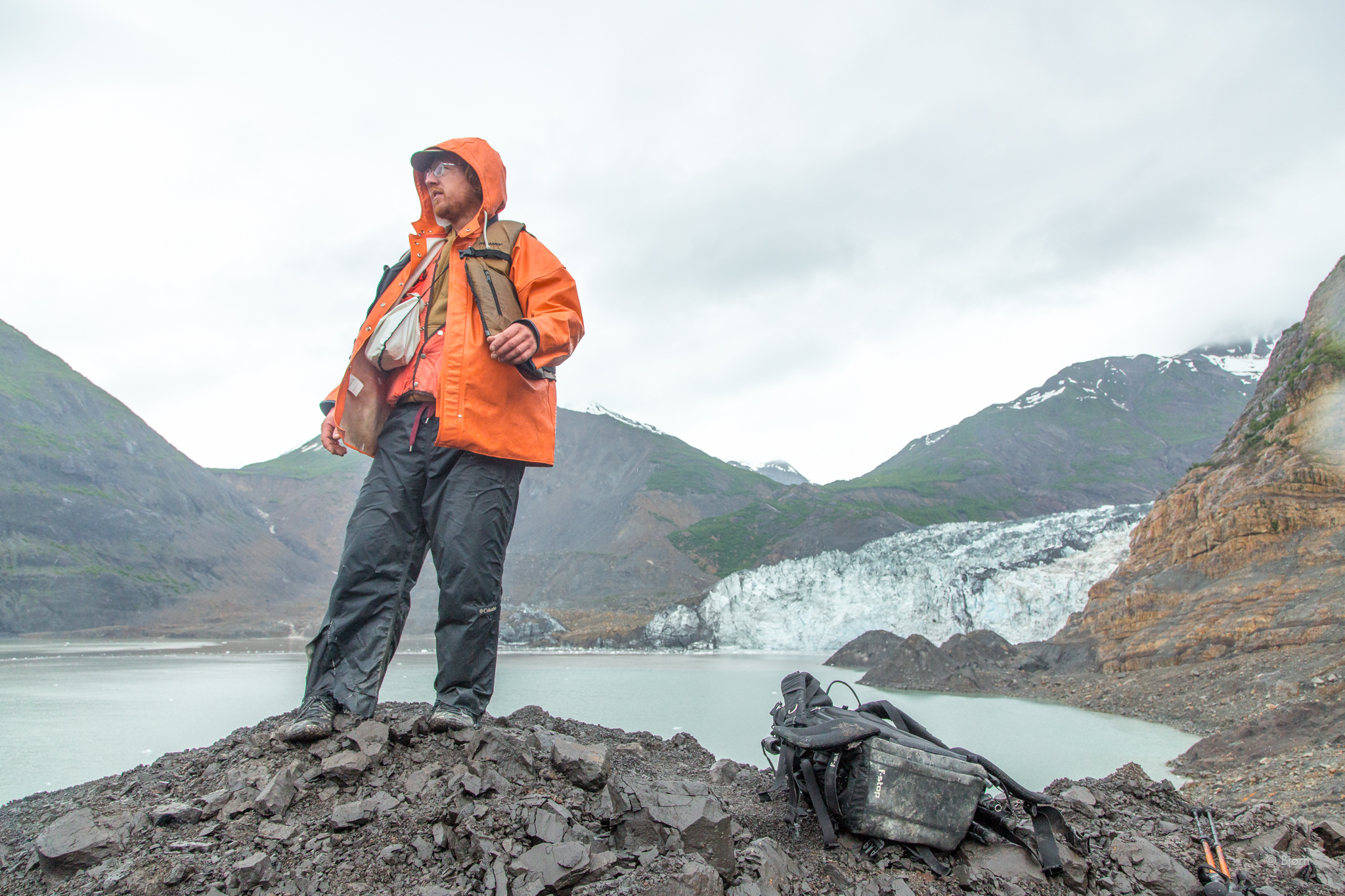
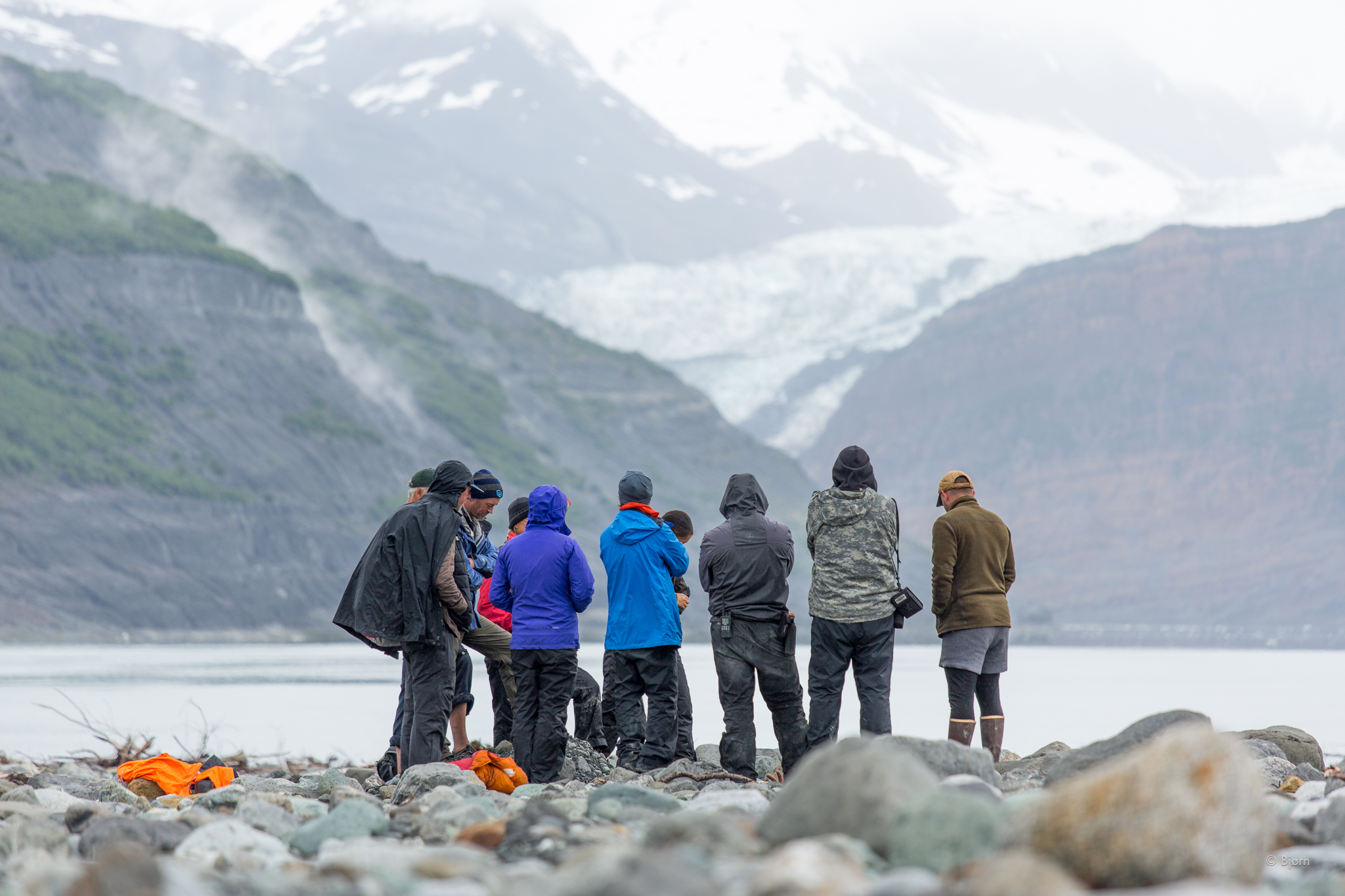

Landslide tsunamis have happened in Alaska before. Most notably was the 1958 Lituya Bay landslide and tsunami, which created a wave 1720 feet high – the highest wave ever recorded. What is unique about the Icy Bay landslide and tsunami is that scientists are able to study it so soon and with a suite of state of the art equipment.
Alaska’s rapidly warming climate – twice that of the global average - is related to this catastrophe. Icy Bay was as recently as the early 1960s filled with glaciers to the mouth of the bay with ice as thick as 1000 feet. This rapid de-glaciation and de-buttressing of the hill slopes is at least part of the reason for the instability, which led to the landslide. Other areas of Alaska and Norway are experiencing similar phenomena much nearer to tourist destinations and communities.
“This is happening in environments that the Park Service manages,” Eric Bilderback, a National Park Service geologist says. “We should take this opportunity to learn where nobody was hurt so we can maybe be proactive about the things where people could be hurt.”
After gaining 600 feet of elevation in our mile-long hike, I take off my backpack and drink a long slug of water. The day is warm and we’ve all sweat under our loads. We are standing at the trim-line where the rush of water scoured the brush and left only bare rock. The team looks for evidence of broken branches or out of place sediment above the line – trying to locate the absolute highest run-up. They finally make the call – 187 meters, or 613 feet.
I turn around and face the fjord. The charter boat, anchored in the middle, is now a tiny dot below us. Directly behind the boat is the cleaved mountain. I try to imagine the force, the violence, and I come up short. Geology may not always be slow; thankfully it usually is.
Watch the film, Icy Bay Mega-Tsunami.




